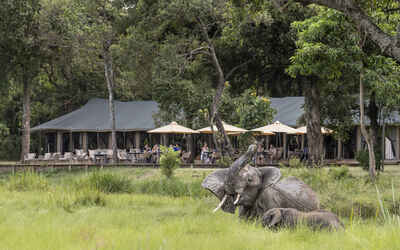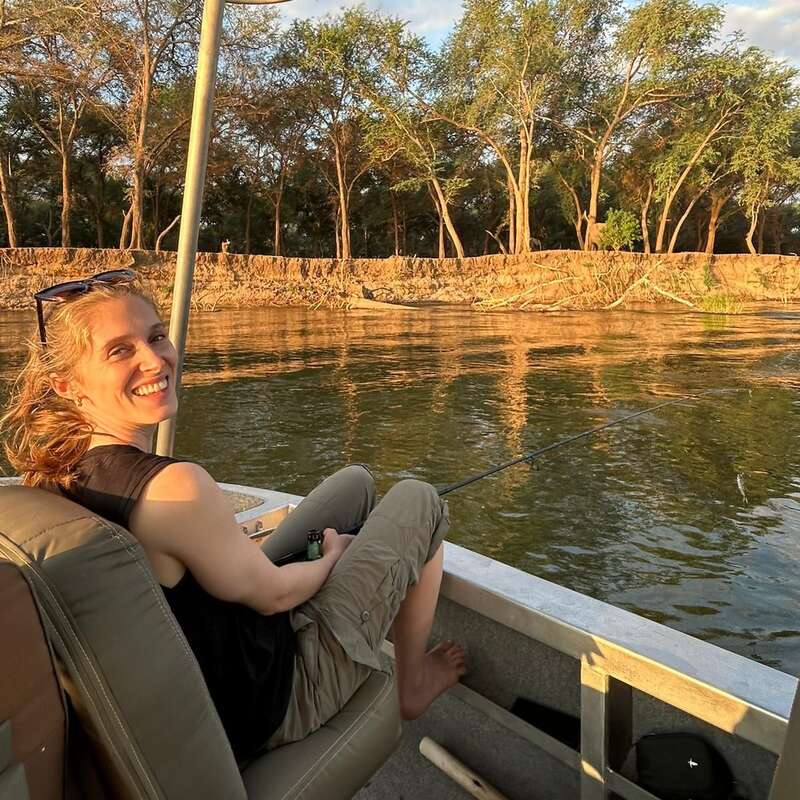About Little Governors' Camp
Please note that Little Governors Camp is closed from 13th October 2025 till the end of June 2026 for refurbishment.
On the lip of an old oxbow of the Mara River, now a broad marsh frequented by elephants, Little Governors' Camp is one of only a handful of places to stay in the Mara Triangle sector of the Maasai Mara National Reserve. It has won a place in the hearts of many safari-goers and has been a favourite with visitors to the Maasai Mara since the 1970s.
Little Governors' is our favourite of the three Governors' camps. The location is terrific, and every tent has a wonderful view of the marsh. If you're doing a balloon flight, then staying here makes it very easy. Most first-time safari-goers adore this camp; many come back year after year; and lots of guests wouldn't change a thing. The new fully-solar power arrangements are commendable. And if you like the idea of a streamlined and dependable set-up, and want a camp that is smaller than the main Governors', then take a good look at this one.
Our view
Little Governors' is our favourite of the three Governors' camps. The location is terrific, and every tent has a wonderful view of the marsh. If you're doing a balloon flight, then staying here makes it very easy. Most first-time safari-goers adore this camp; many come back year after year; and lots of guests wouldn't change a thing. The new fully-solar power arrangements are commendable. And if you like the idea of a streamlined and dependable set-up, and want a camp that is smaller than the main Governors', then take a good look at this one.
Accommodation
17 identical tents
Children
Best for 12+
Open
All year
Activities

4WD Safari

Birdwatching

Cultural excursion

Hot air ballooning

Private activities
Traveller reviews of Little Governors' Camp
33 real, un-edited reviews from Expert Africa's travellers.
Arrived 4 Feb 2025, 4 nights
"Little Governors' Camp review"
Overall rating: Excellent
Arrived 26 Jan 2025, 3 nights
"Little Governors' Camp review"
Overall rating: Average
Arrived 27 Oct 2024, 2 nights
"Little Governors' Camp review"
Overall rating: Excellent
Arrived 24 Jan 2024, 4 nights
"Little Governors' Camp review"
Overall rating: Average
Arrived 8 Oct 2023, 4 nights
"Little Governors' Camp review"
Overall rating: Excellent
Arrived 6 Sep 2023, 5 nights
"Absolutely delightful in every way"
Overall rating: Excellent
Arrived 6 Sep 2023, 2 nights
"Little Governors' Camp review"
Overall rating: Average
Arrived 23 May 2023, 4 nights
"Little Governors' Camp review"
Overall rating: Excellent
Arrived 25 Jan 2023, 4 nights
"Little Governors' Camp review"
Overall rating: Excellent
Arrived 22 Jan 2023, 4 nights
"Little Governors' Camp review"
Overall rating: Excellent
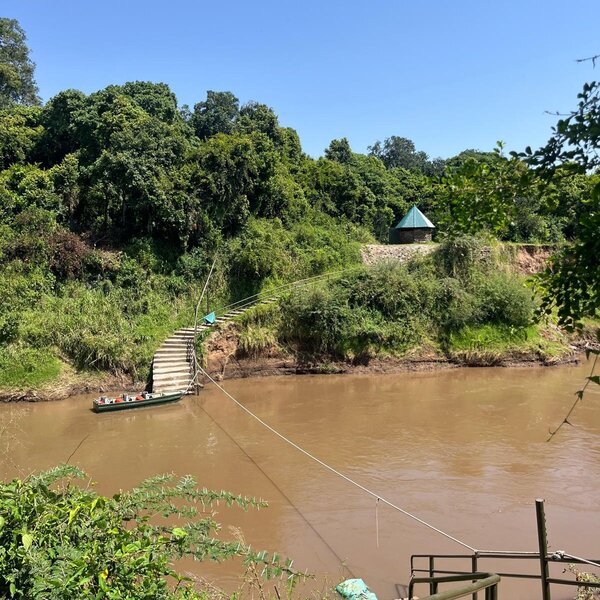
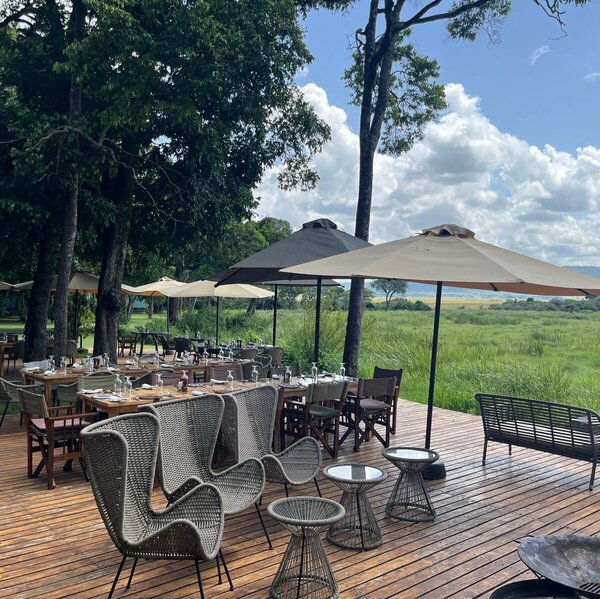
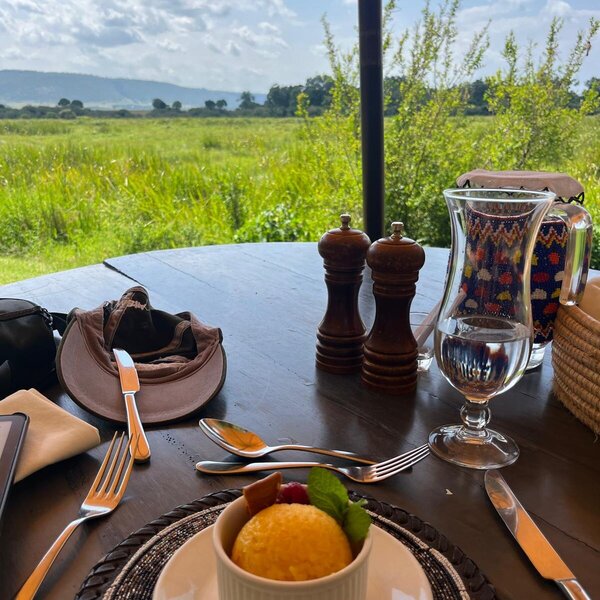
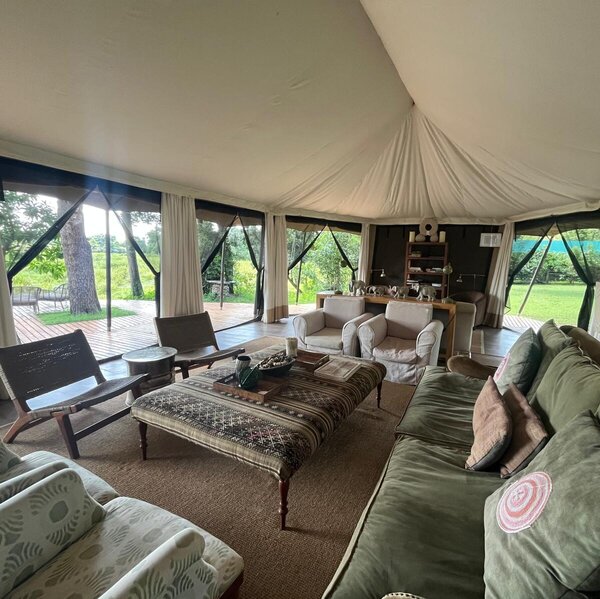
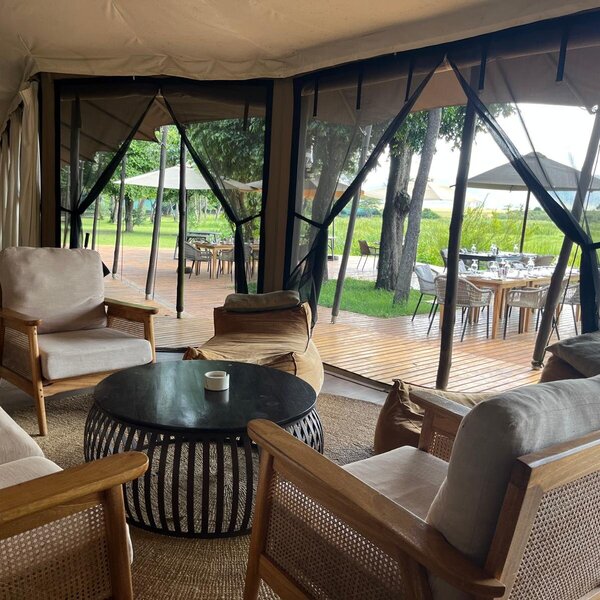
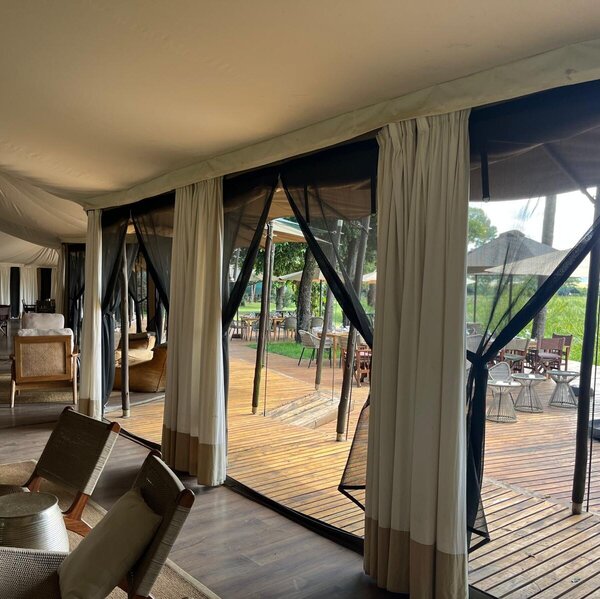
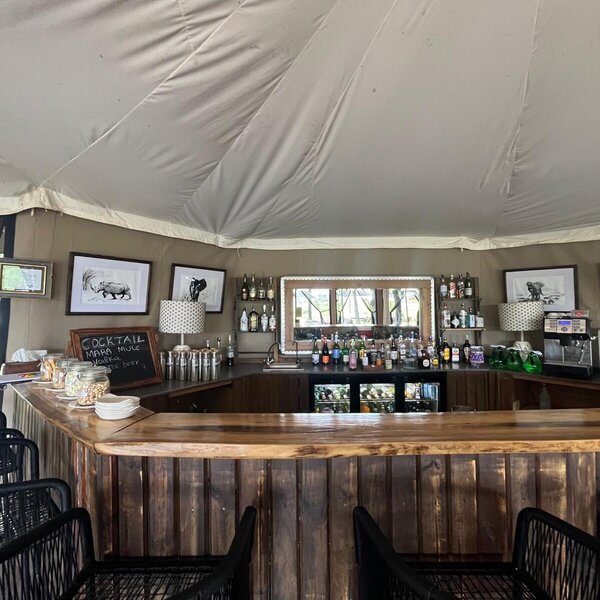
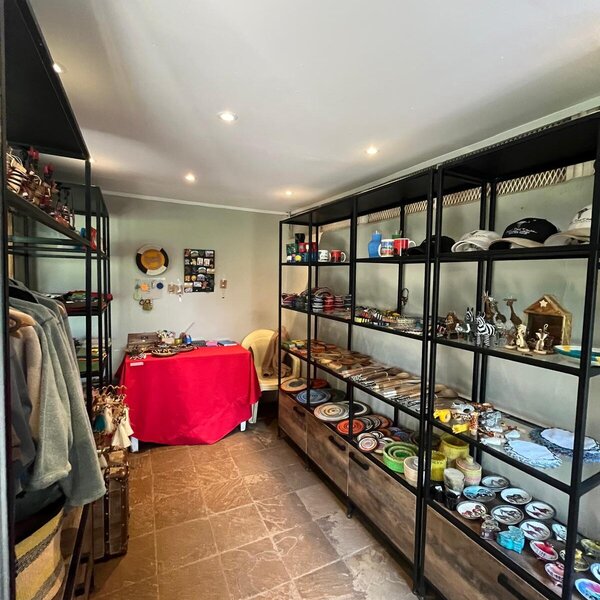
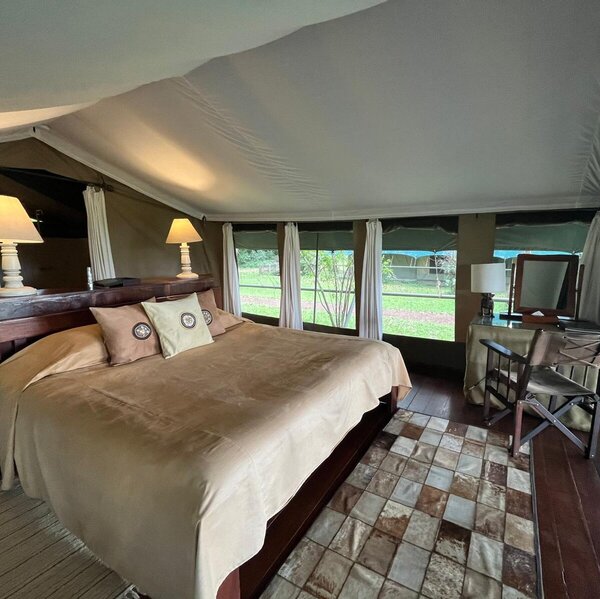
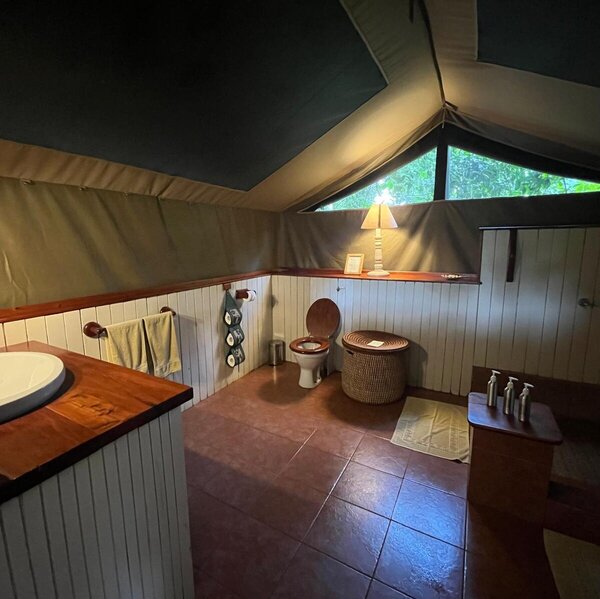
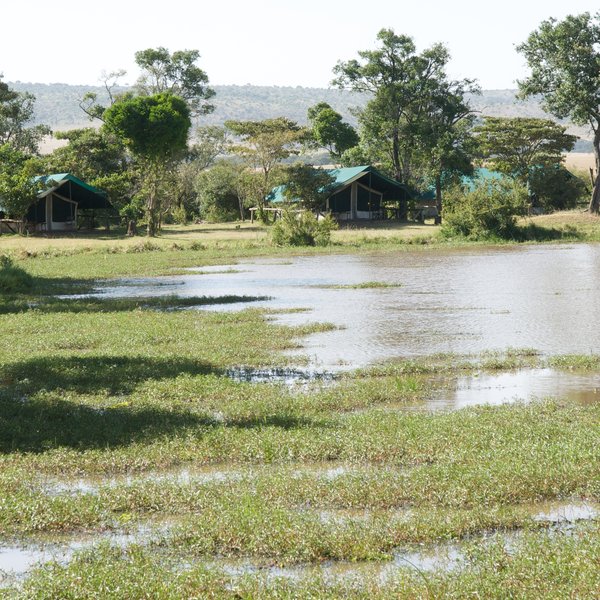
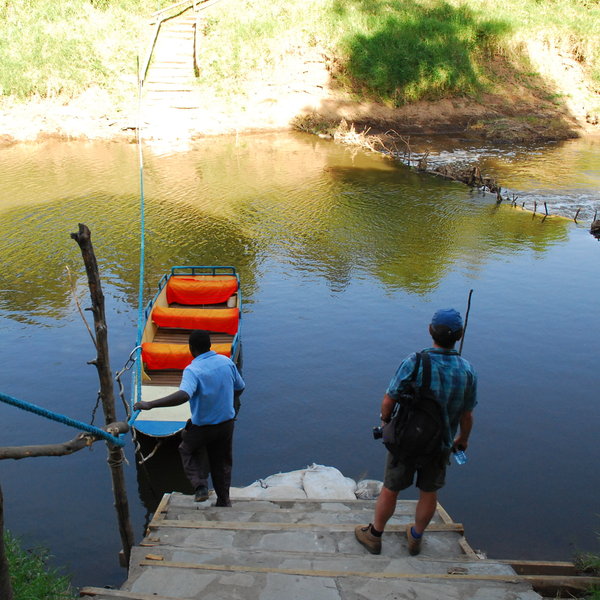
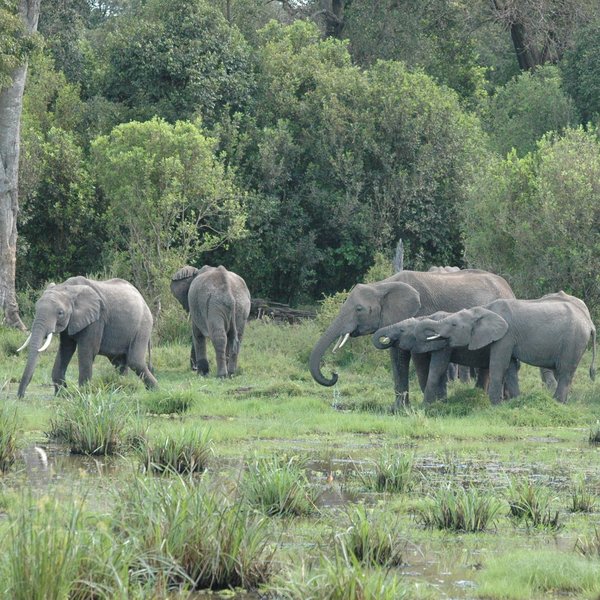
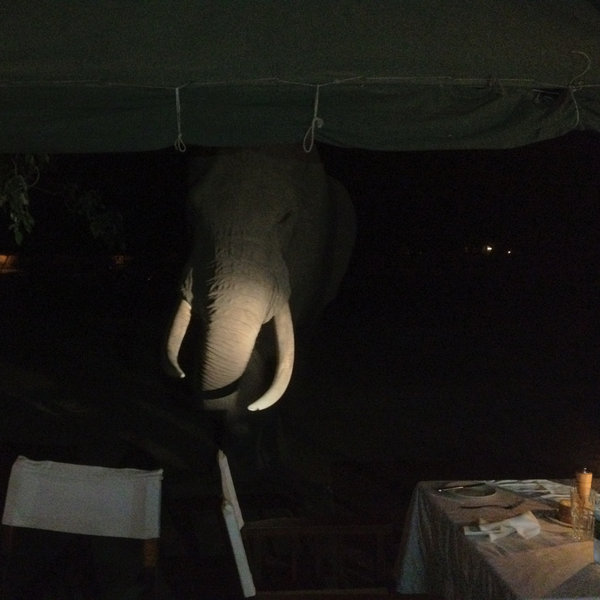
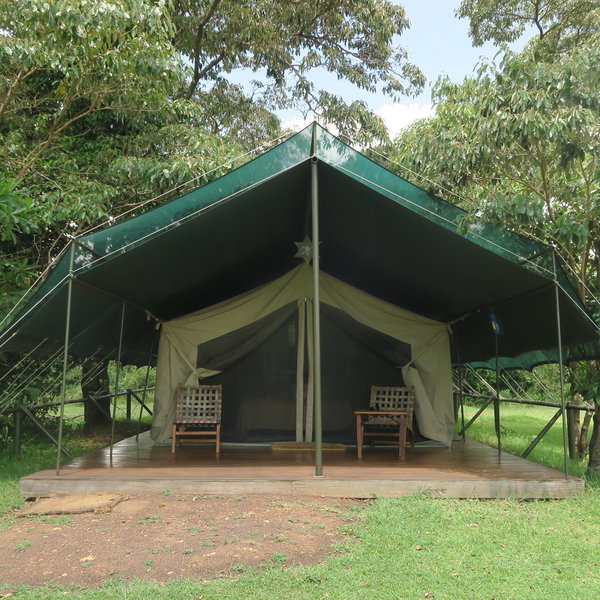
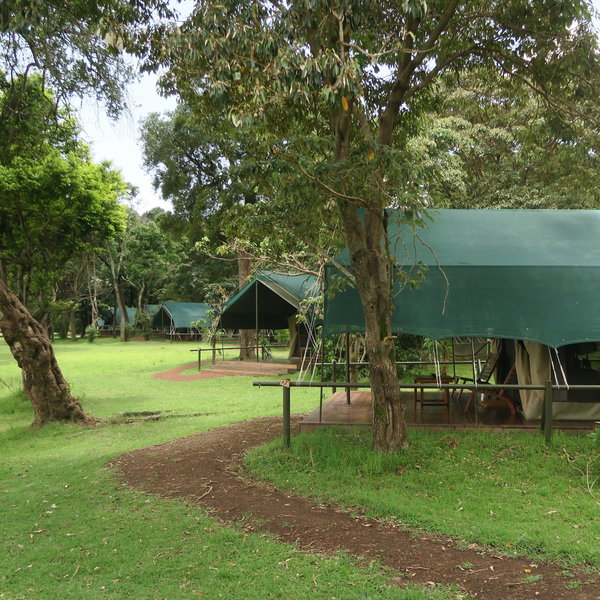
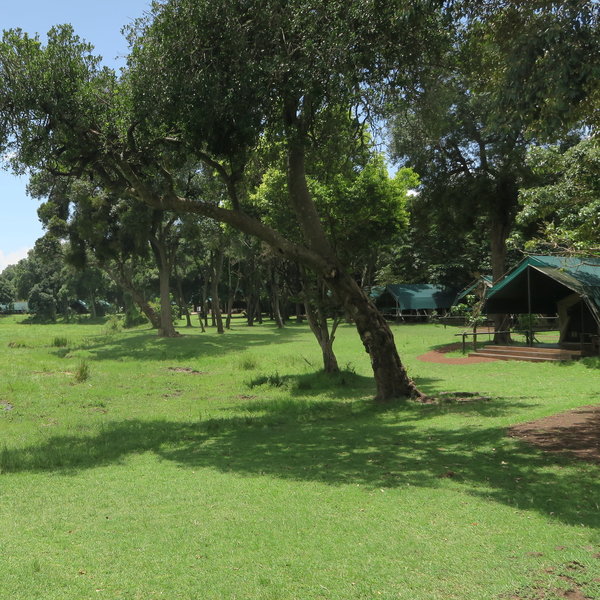
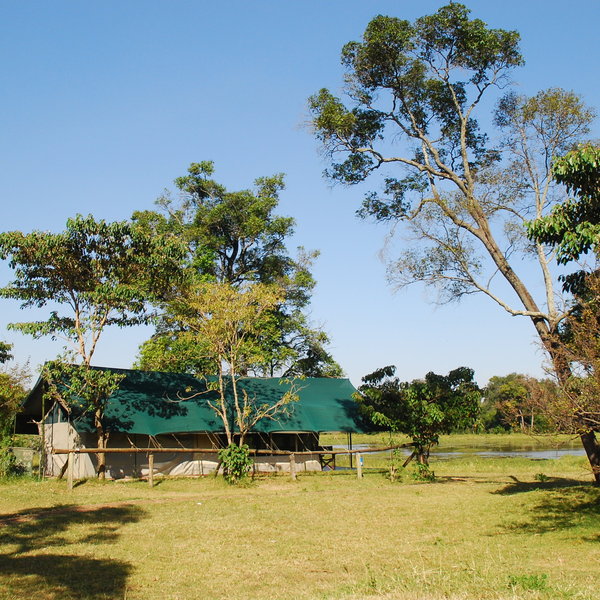
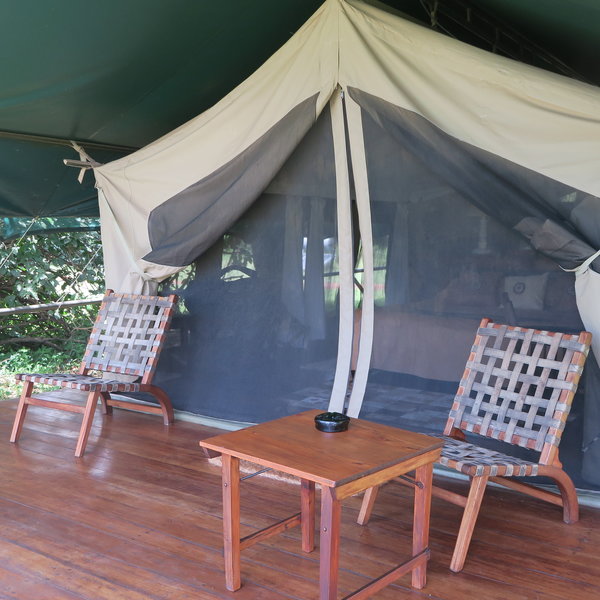
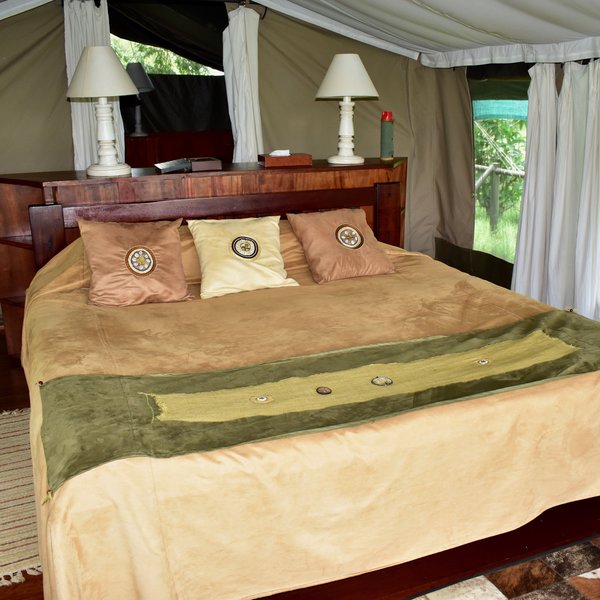
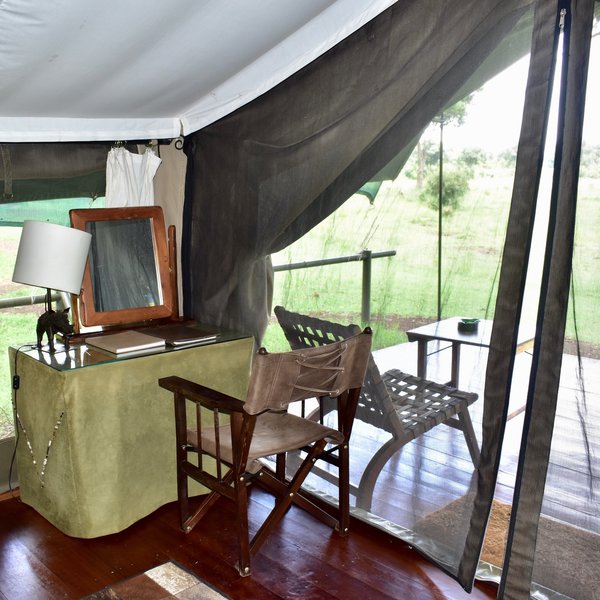
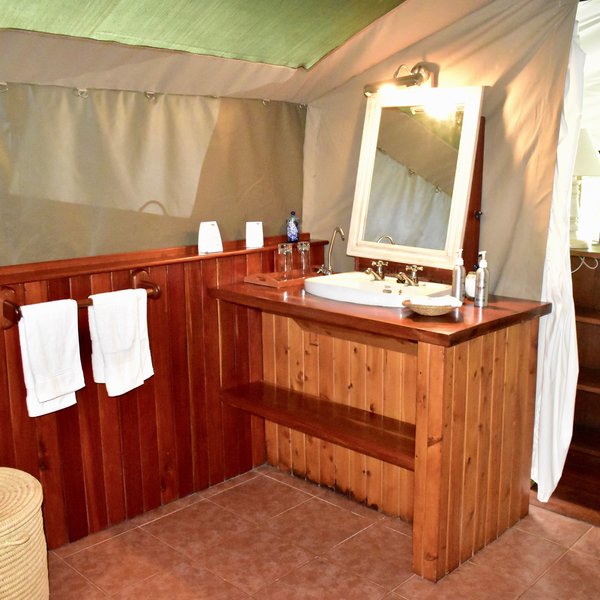
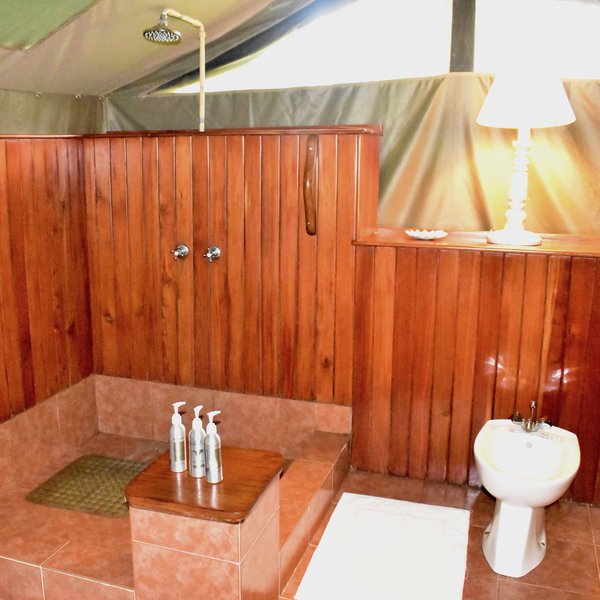
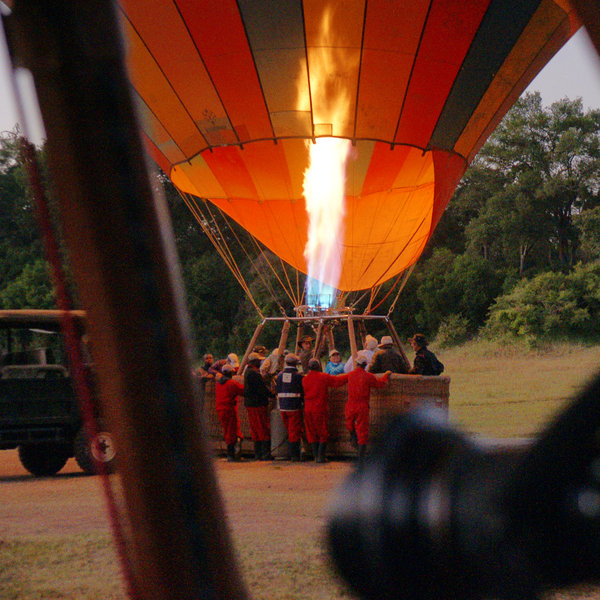
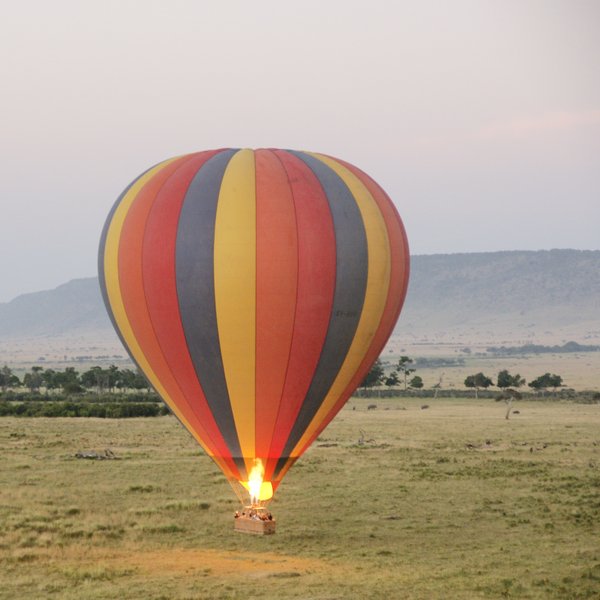
Expert Africa's gallery
When we travel we take lots of photos ourselves to give you a real and un-edited view of the safaris. See our 31 pictures and 1 videos of Little Governors' to get the candid view.
View gallerySafaris visiting Little Governors'
Just ideas, we'll always tailor-make a trip for you
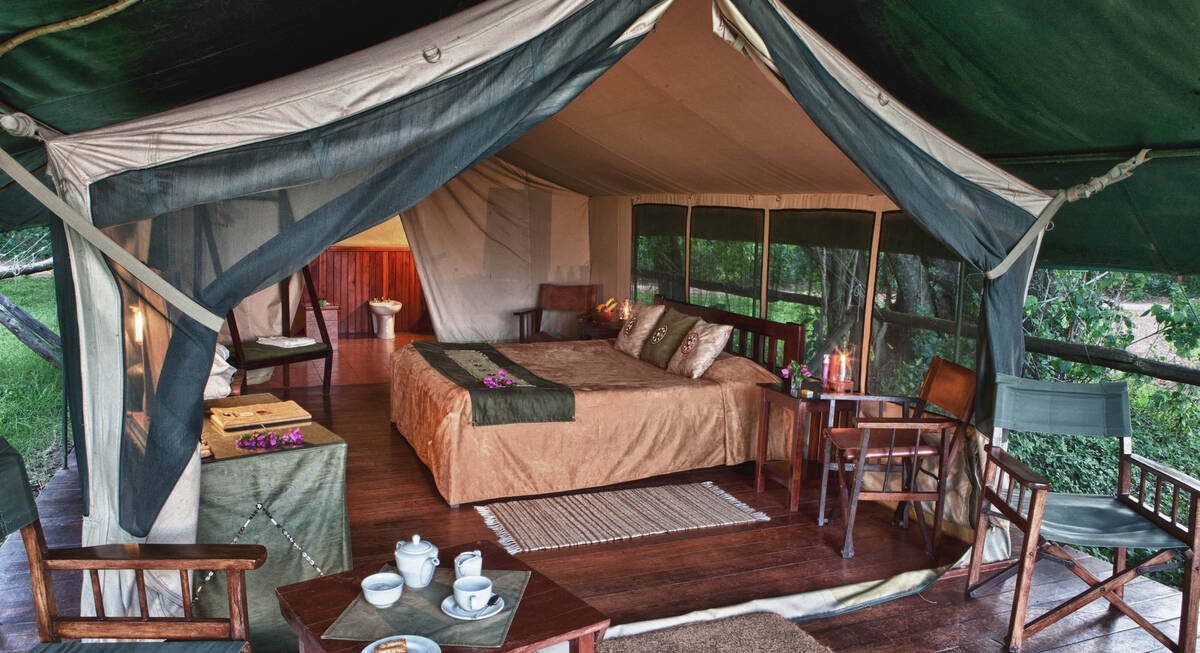
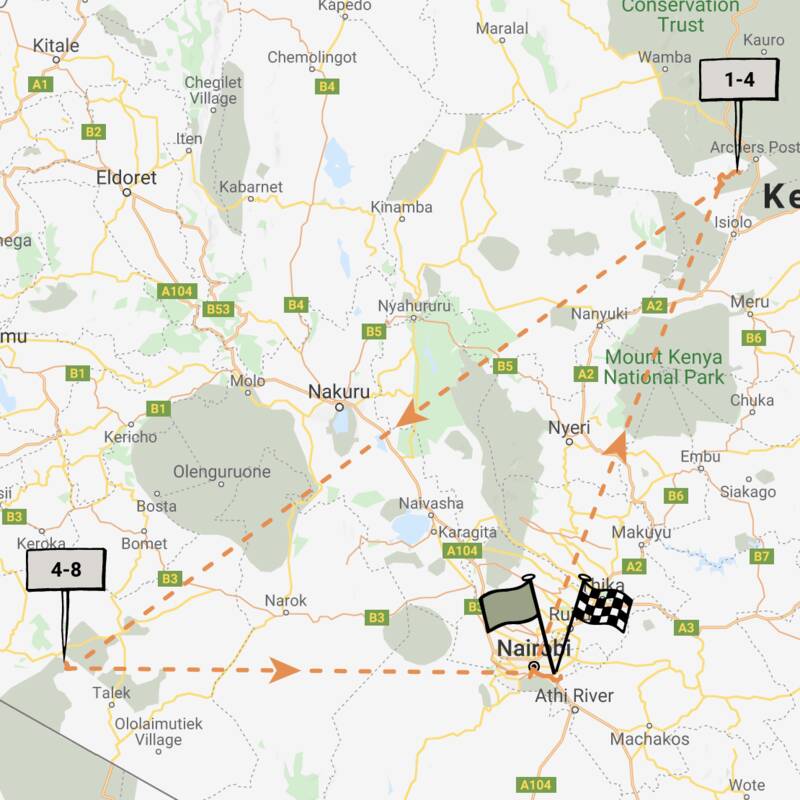
Steppe Eagle Fly-in Safari
7 days • 2 locations • 1 country
NAIROBI AIRPORT TO NAIROBI AIRPORT
Two comfortable tented camps overlooking the Ewaso Nyiro and Mara River put you at the heart of the action. Experience spectacular diversity in species and habitat with safari in Samburu and the Masaai Mara National Reserve.
Visiting Maasai Mara, Samburu
US$7,260 - US$9,310 per person
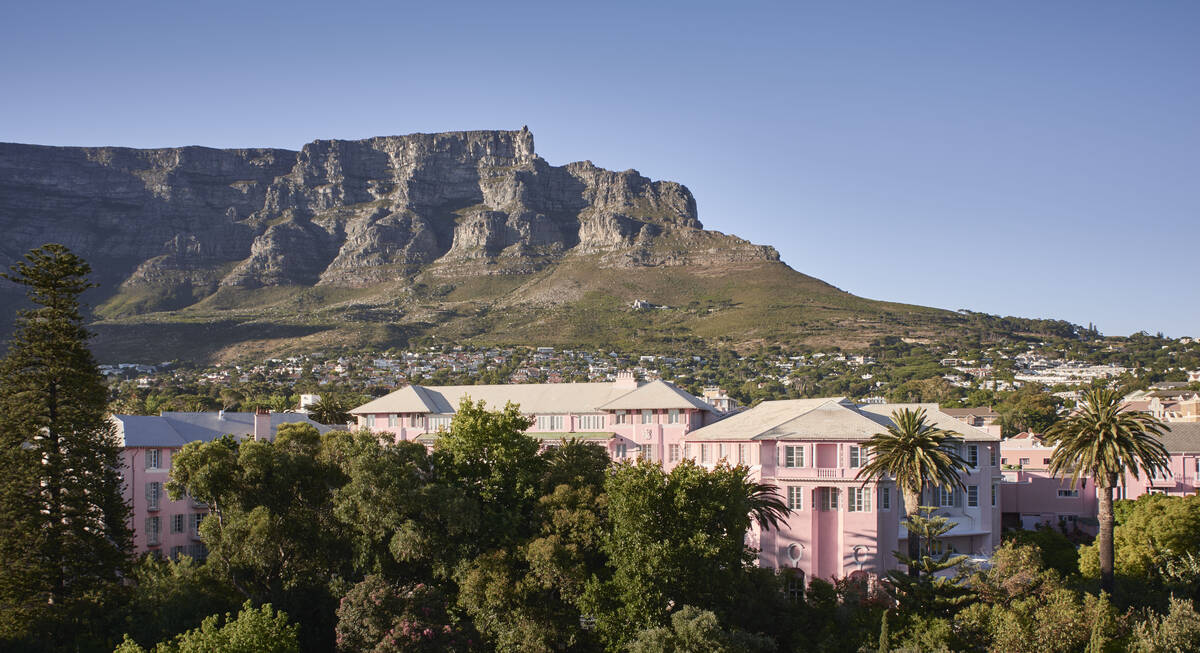
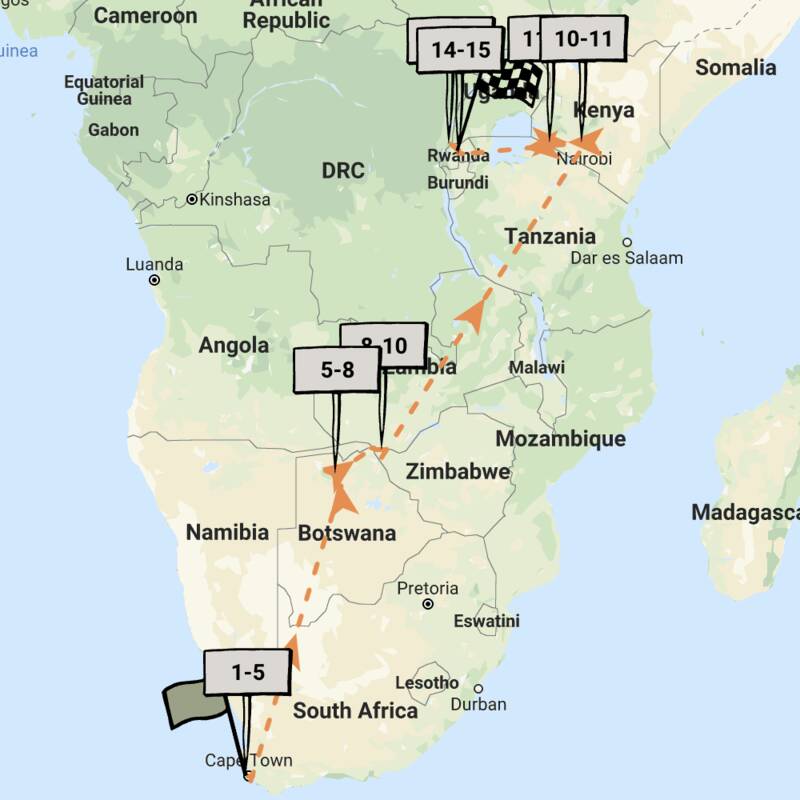
The Highlights of Africa
17 days • 7 locations • 5 country
CAPE TOWN AIRPORT TO KIGALI AIRPORT
An epic adventure taking in some of Africa’s most incredible sights and wildlife experiences, from Cape Town to the Okavango Delta, Victoria Falls, the Maasai Mara and an encounter with mountain gorillas.
Visiting Cape Town, Okavango Delta and 5 other areas
US$16,720 - US$19,880 per person
Little Governors' Camp: Our full report
Please note that Little Governors Camp is closed from 13th October 2025 till the end of June 2026 for refurbishment.
On the lip of an old oxbow of the Mara River, now a broad marsh frequented by elephants, Little Governors' Camp is one of only a handful of places to stay in the Mara Triangle sector of the Maasai Mara National Reserve. It has won a place in the hearts of many safari-goers and has been a favourite with visitors to the Maasai Mara since the 1970s.
Getting to Little Governors', there's some extra excitement (if lions by the airstrip and elephants next to the parking area were not enough) in the dinghy crossing that ferries you, and your luggage, across the 20-metre width of the Mara River, which is narrow at this point, to the camp on the western side. There's a flight of some 50 steps (rather uneven and steep in parts) on each side of the riverbank: this is not a camp for those who would struggle with climbing three flights of stairs. The camp itself is located in an area of riverine forest and has a rather tropical feel to it.
The camp's central areas conform very much to the formula of the main Governors' Camp, with large, canvas-sheltered lounge and dining areas with wooden floors and sides that open onto external decking overlooking the verdant marsh beyond. The lounge and bar were refurbished in 2022 and the wicker chairs surrounding the bar and deep, soft sofas and armchairs are now a great spot to relax in for pre-dinner drinks or afternoons spent with a pair of binoculars watching the birdlife beyond. The lounge area, equipped with several comfortable sofas and low armchairs in hues of soft greens, creams, and pink lies to one side of the bar while a large dining area is found opposite. Here, individual tables are set with white linens and surrounded by comfortable directors' chairs. Throughout both the lounge and dining areas, cream fabrics drape the walls and rattan rugs cover the floors.
Individual tables spill onto the wooden decking beyond, where you will also find seating areas for lounging and firepits overlooking the marsh. This is a popular lunch spot and during our last visit, we enjoyed the excitement of the camp's habituated warthog family truffling through the grass below our tables. Alongside these hogs, there is normally plentiful wildlife to be seen from here, including several hippos, buffaloes, and the herds of elephants that move through the area's marshy plains.
Behind the main area, you'll find two washrooms in a separate tent, the camp's office, a little gift shop, and a small but rather nice gallery with a range of natural history photography on show.
The 17 identical tents at Little Governors' Camp stretch out along the edge of the marsh from close to the main areas to about 250m away (#17 and #1 the honeymoon tents of choice). All are the same layout and size – about 3m internal width – as the tents at the main Governors' Camp. The plinth of each tent is laid with polished floorboards, a covering that extends, with the odd rug, through the bedroom area. Like Governors' Camp, the furnishings are simple – directors' chairs, a folding veranda table, a luggage rack, a small dressing/writing table – and the furniture gives a more temporary impression than is warranted by the very permanent camp infrastructure, which has been here since the late 1970s. There are no family specfic tents at Little Governor's, and while triples can be arranged these are likely to feel a little cosy.
Bathrooms, too, are similar in every respect to those in Governors' Camp's tents – red-tiled and rather dark – with half-height wooden wall paneling at Little Governors' repainted in cream. Solar heaters provide hot water for the tents, and power sockets in the tents are on at all times and powered by an impressive new solar energy system. Little Governors have introduced an excellent reverse osmosis purification system and there is a tap in each tent that provides filtered drinking water.
Little Governors' has the best 'bush' atmosphere of the three Governors' camps: you're rarely in any doubt that you're in the African savannah. On a previous visit, we had just been served our dessert at dinner in the dining tent when we noticed a commotion outside in the dark. Heads turned and then the unmistakable shape of a bull elephant hoved into view. Waiters swiftly moved over to ask us to pause before tucking into the sticky toffee pudding and then moved our table physically closer to the middle of the floor. All the guests ended up on their feet, protected from the edge of the dining area by a barricade of dining tables. The bull was methodically moving through the area harvesting the camp's green heart trees for the tasty fruit. He could smell our half-finished dinners, however, and paused for a couple of minutes to give us an appreciative sniff – and possibly pose long enough for a few photos – before ambling off into the dark.
You'll discuss each day's activities at Little Governors' with the manager the evening before. Game drives from Little Governors' Camp typically take place in the Musiara sector of the national reserve, on the other side of the river, so you need to cross back on the little ferry and are picked up on the other side (you walk directly from your tent to the ferry steps, which takes between one and five minutes depending on which tent you're in). Many guests opt for an extended early drive, with a packed breakfast. Guests at Little Governors' also have the option of late morning game drives using the balloon vehicles in the Mara Triangle sector.
Little Governors' uses mostly open-sided Land Rovers with two rows of seats in the rear, and the option for one passenger to sit next to the driver-guide. There are more than 40 driver-guides based at the Governors' camps in the Mara, with each driver in charge of their own vehicle and based at a particular camp.
If you're doing a balloon flight (around $500 per person: book in advance), having one of the biggest launch sites in the Mara on your doorstep (the area is just behind the central area of camp) means that you won't have to get up at 4am, as some vistors do. Instead, you will be escorted the short ~5 minute walk to the balloon launch site in time for check in, a hot drink and briefing with your captain before taking off to soar over the tree tops and float over the Mara River, keeping your eyes peeled for game below as you go. You also have a chance to watch the balloons take off one morning, which can be almost as much fun as participating.
Back in camp, there is the option of enjoying a spa treatment in the privacy of your own tent on the camp's portable massage bed; when we were last here massages were in the region of $60 per hour.
Governors and Little Governors Camps have previously been used as a base for the Big Cat Diary and Big Cat Tales film crew. The team would stay here for weeks at a time, often following the famous marsh lion pride who were the stars of the documentary series. Many guests continue to come here specifically to visit the marsh pride and their descendants.
Activities
4WD Safari
Birdwatching
Cultural excursion
Hot air ballooning
Private activities
Families & children
- Attitude towards children
- No policy, although Little Governors' has a fairly adult atmosphere that they hope to maintain. As such, we might recommend Main Governors' Camp for families with younger children, or Il Moran if booking on an exclusive-use basis.
- Property’s age restrictions
- None
- Special activities & services
- Babysitting can be arranged, this will be by a member of the housekeeping staff, not a qualified babysitter.
- Equipment
- Cots and highchairs are available.
- Generally recommended for children
- No: like Governors’ Il Moran, this is quite a grown-up camp, frequently chosen by honeymooners and couples celebrating anniversaries. Children won’t be turned away, but it’s not ideal for them, and noisy behaviour is likely to be frowned upon. If you want to a family-friendly safari camp, the main Governors’ Camp is much better suited.
- Notes
- There is big game around camp at Little Governors’, and so any children will need to be under the constant supervision of their parents.
Food & drink
- Usual board basis
- Full Board & Activities
- Food quality
- Guests often go out for a long morning game drive, or take a balloon flight – which both include a bush breakfast – so the opportunity to enjoy a big breakfast in camp doesn't always arise. But if you are here for breakfast, then a cooked breakfast to order, and plenty of choice from fruit, cereals, pastries and bread is always available with a table typically prepared for you on the decking overlooking the marsh.
There are normally two morning drives, beginning with an early morning drive which departs around 06:15, getting back to camp in time for a breakfast around 9:00. Many guests then choose to go on a second, later morning drive which departs around 10:30, arriving back in camp in time for lunch.
For lunch and dinner, you are presented with three options for both starter and main (including two meat variations and one vegetarian - although the kitchen can be very flexible if nothing catches your eye), followed by a pudding. During our last visit, we enjoyed a delicious cold pea and mint soup to start, followed by a flavorsome hummus, cauliflower, and quinoa salad with homemade mango sorbet for dessert.
In the evening, beneath the gentle glow of lanterns, we tucked into a fresh tomato and avocado salad followed by a paneer curry with soft brown rice and delicious vanilla panacotta. - Dining style
- Individual Tables
- Dining locations
- Indoor and Outdoor Dining
- Further dining info, including room service
- Meals can be served on your veranda with advance notice.
- Drinks included
- House drinks, including beers, wines and soft drinks, are included. Premium wines, spirits and Champagne comes at an additional cost.
Our travellers’ wildlife sightings from Little Governors'
Since mid-2018, many of our travellers who stayed at Little Governors' Camp have kindly recorded their wildlife sightings and shared them with us. The results are below. Click an animal to see more, and here to see more on our methodology.

100% success

100% success

100% success

100% success

96% success

96% success

91% success

86% success

86% success

76% success

71% success

65% success

22% success

11% success

0% success

0% success
Getting there
- Location
- Maasai Mara National Reserve, Kenya
- Ideal length of stay
- Three or four nights
- Directions
- From Musiara airstrip, it’s a 15-minute transfer, finishing with a passenger dinghy across the Mara River. There's a flight of some 50 steps to descend and climb on either side of the river.
- Accessible by
- Fly-and-Transfer
Special interests
- Honeymoons
- Little Governors’ Camp is a comfortable bush camp with a great location for a safari honeymoon in the Maasai Mara National Reserve. Stay in Tent #17 – the most private tent furthest from the central area – which has wonderful views across the marsh.
- See ideas for Honeymoons in Kenya
- Photography safaris
- Sited by a broad marsh, Little Governors’ has a great backdrop for wildlife shots in camp, especially elephants and hippos, while spacious vehicles and experienced guides allow for great opportunities to get up close and personal with your subjects.
- See ideas for Photography safaris in Kenya
Sustainability
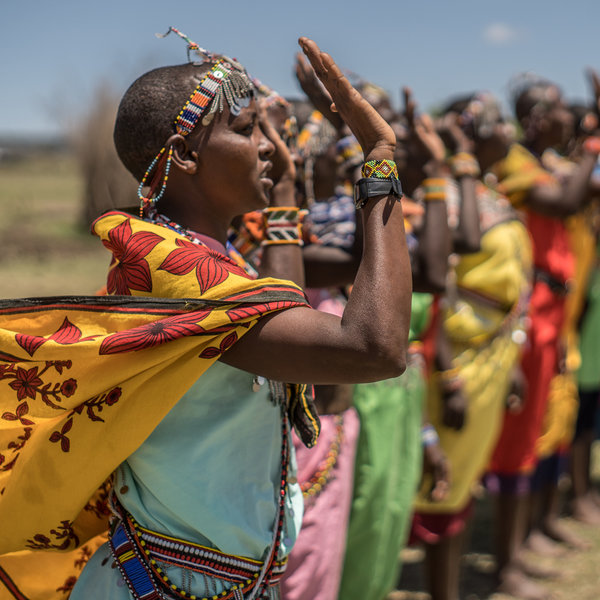
Sharing tourism benefits with local villages
Located in the Northern part of the Masai Mara National Reserve, Little Governors’ Camp collaborates closely with its community neighbours to make sure they see real benefits from tourism. Through the mother company Governors’ Camp, the lodge is especially involved in the Mara biogas project.
To help a traditional Masai homestead in Mara Rianda village conserve the acacia trees and provide them with a reliable source of fuel, Little Governors’ Camp built a biogas plant, which supplied the residents with methane gas to cook on. As the gas was generated from the cow dung, the plant helped remove vast quantities of dung from the centre of the village, thus reducing the number of flies and fly-born diseases.
Although the homestead that benefitted from this biogas project has since moved, to further support Mara Rianda, the camp encourages guests to visit the village. To enter the community, tourists are required to pay for a ticket. This revenue supports 98 different families comprising of 300 individuals and has been used to build a nursery school for 120 children, with two classrooms, accommodation for 3 teachers and a toilet facility. The money from the ticket entry also helps the community members to buy food, pay for secondary school for their children, and supports the village during times of drought.
Due to the sustainable practices in place, Little Governors’ Camp has been awarded a Gold Eco-Rating from Eco Tourism Kenya.
See more great sustainability projects in Kenya
Communications
- Power supply notes
- There is a backup generator, plus solar panels and solar conduction panels to provide hot water. Tent sockets are on long cables, and also have USB plugs.
- Communications
- There is WiFi coverage across the whole camp, strongest in the central areas.
- TV & radio
- There's no guest TV, but there's a TV in the staff quarters which guests could visit on the occasion of major sporting events.
- Water supply
- Borehole
- Water supply notes
- The solar heaters provide hot running water for sinks and showers and there is an impressive reverse osmosis purification system in place which provides fresh drinking water on tap.
Health & safety
- Malarial protection recommended
- Yes
- Medical care
- The guides are first-aid trained, and each vehicle has a first-aid kit. The nearest doctor is at Governors' Camp, just five minutes' drive away. Little Governors' Camp has links to the Flying Doctor service.
- Dangerous animals
- High Risk
- Security measures
- There are numerous askaris on site, escorting guests at all times of the day and night.
- Fire safety
- There are fire extinguishers outside each tent as well as a smoke detector within, and regular fire drills for staff.
Useful info
- Disabled access
- On Request
- Laundry facilities
- Full laundry service is included, but underwear is not accepted (soap powders is provided in the bathrooms).
- Money
- Valuables can be left at the safe in reception. They don't do foreign exchange.
- Accepted payment on location
- They take credit card payments, including Amex, with s 5% surcharge. They also take most major currencies in cash, but not travellers' cheques.
Plan and book your trip with Expert Africa
All of our trips are tailor-made, so we'll always adapt them to suit you. Talk to an Expert and let us plan and arrange your perfect trip.

Talk to an Expert
Call or email us now! We’ll match you with the Specialist in our team who is best suited to help you. Then together we can start planning your trip.

Set up your itinerary
Based on our experience and your ideas, your specialist will create a detailed, costed itinerary. We’ll refine it together, until we have a trip that you’re perfectly happy with.

Prepare for your trip
The same Specialist will make the seamless arrangements for your trip, send you detailed travel documents, and be available to answer any questions before you depart.

Travel with peace of mind
After you set off, you’ll be cared for by our partners in Africa, most of whom have worked with Expert Africa for decades. And if you ever need us urgently, we’re available 24/7.

When you return
We love to learn about your trip, and so will always be grateful if you’ve the time to give feedback to your Specialist when you return.
Little Governors' Camp's location
Look closer at the environment and surroundings of Little Governors'.
Excursions from Little Governors'
Optional extra day-trips and excursions possible whilst you're staying at Little Governors'. Talk to us: these are usually best arranged before you go.
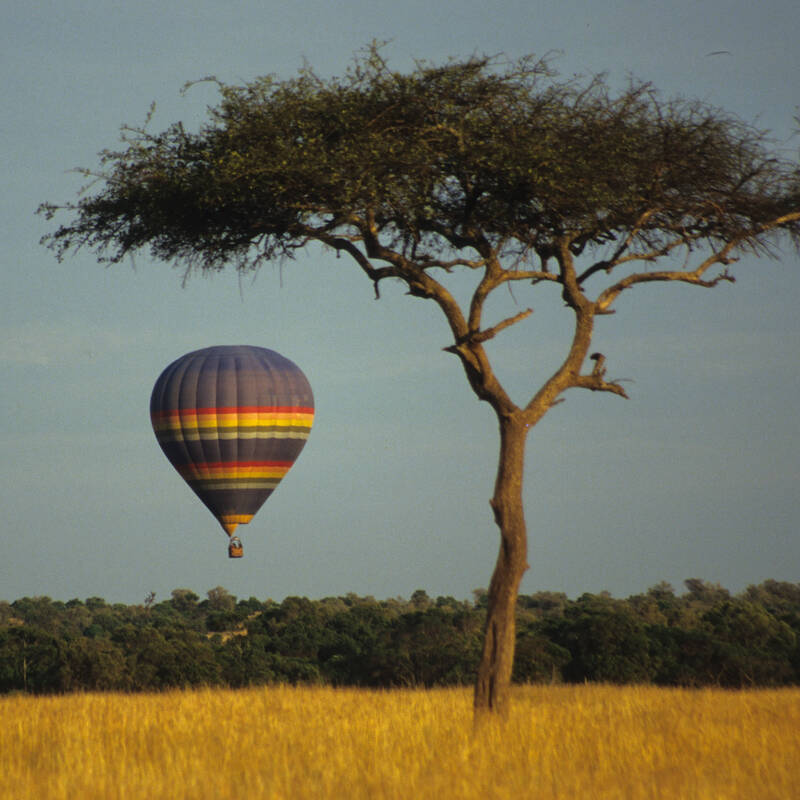
Balloon flight over the Mara
3 hours in total - morning only
With the sun rising over the Loita Hills, you scramble into the balloon basket for the start of a once-in-a-lifetime experience. You’re about to go drifting with the breeze above the trees and plains of one of the world’s greatest wildlife regions.
More about Balloon SafariOther lodges in Maasai Mara National Reserve
Alternative places to stay in this same area.
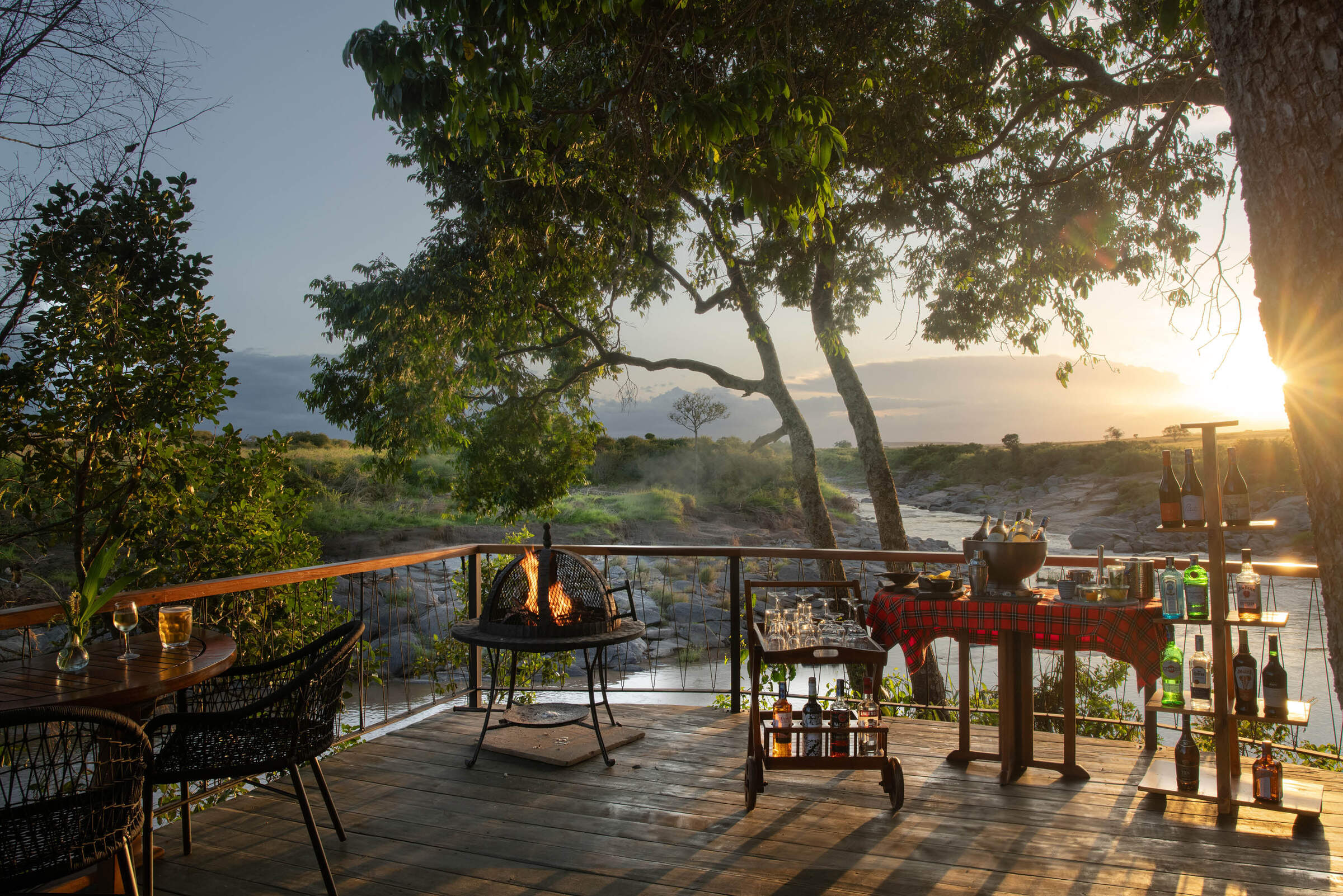
Rekero
Rekero is an unpretentious, high-end safari camp, for travellers who take their wildlife watching seriously and are prepared to pay for an exceptional location.
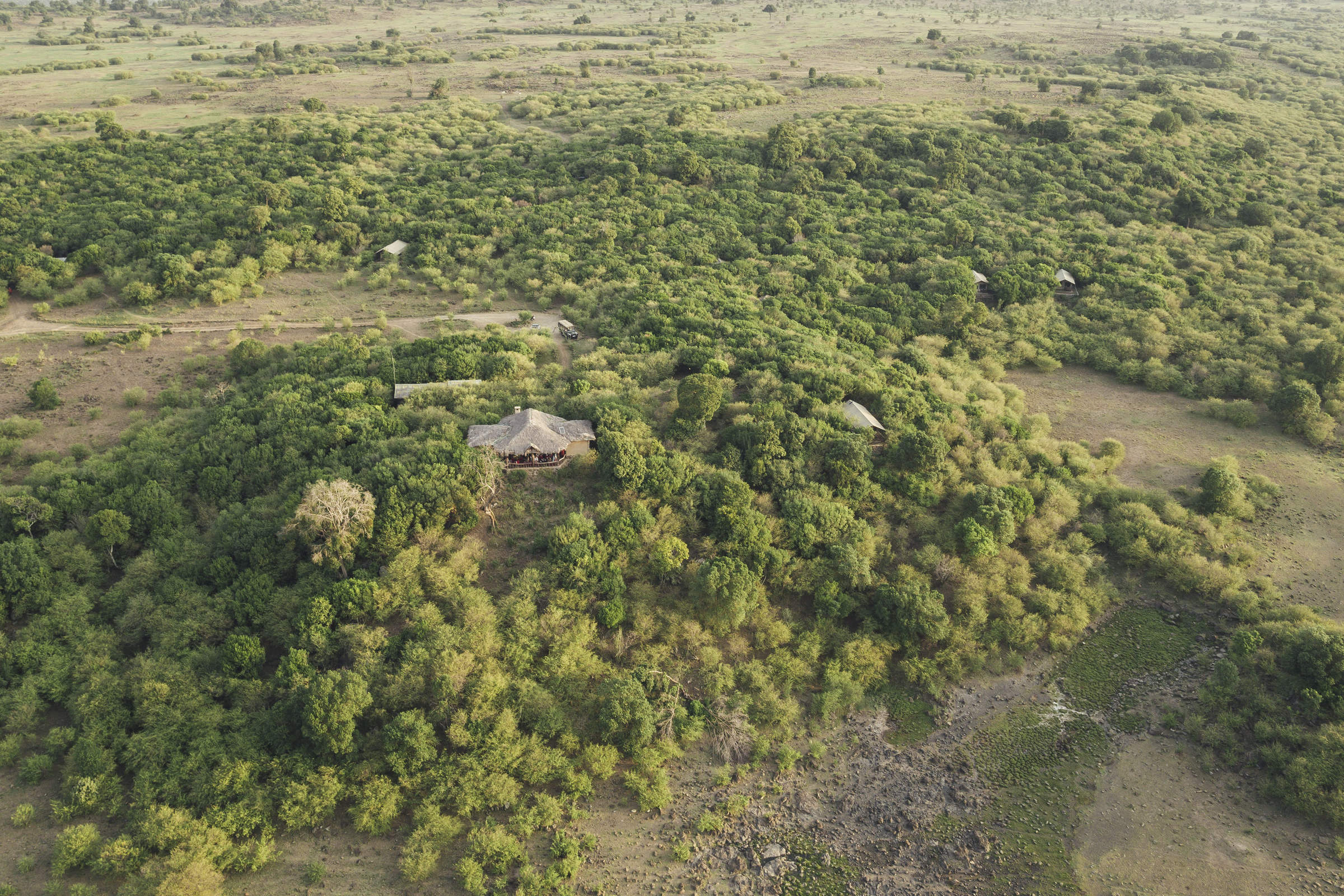
Tangulia Mara
Tangulia Mara is a rustic and traditional safari camp on the border of the Maasai Mara National Reserve owned by Jackson Looseyia of Big Cat Diary fame.
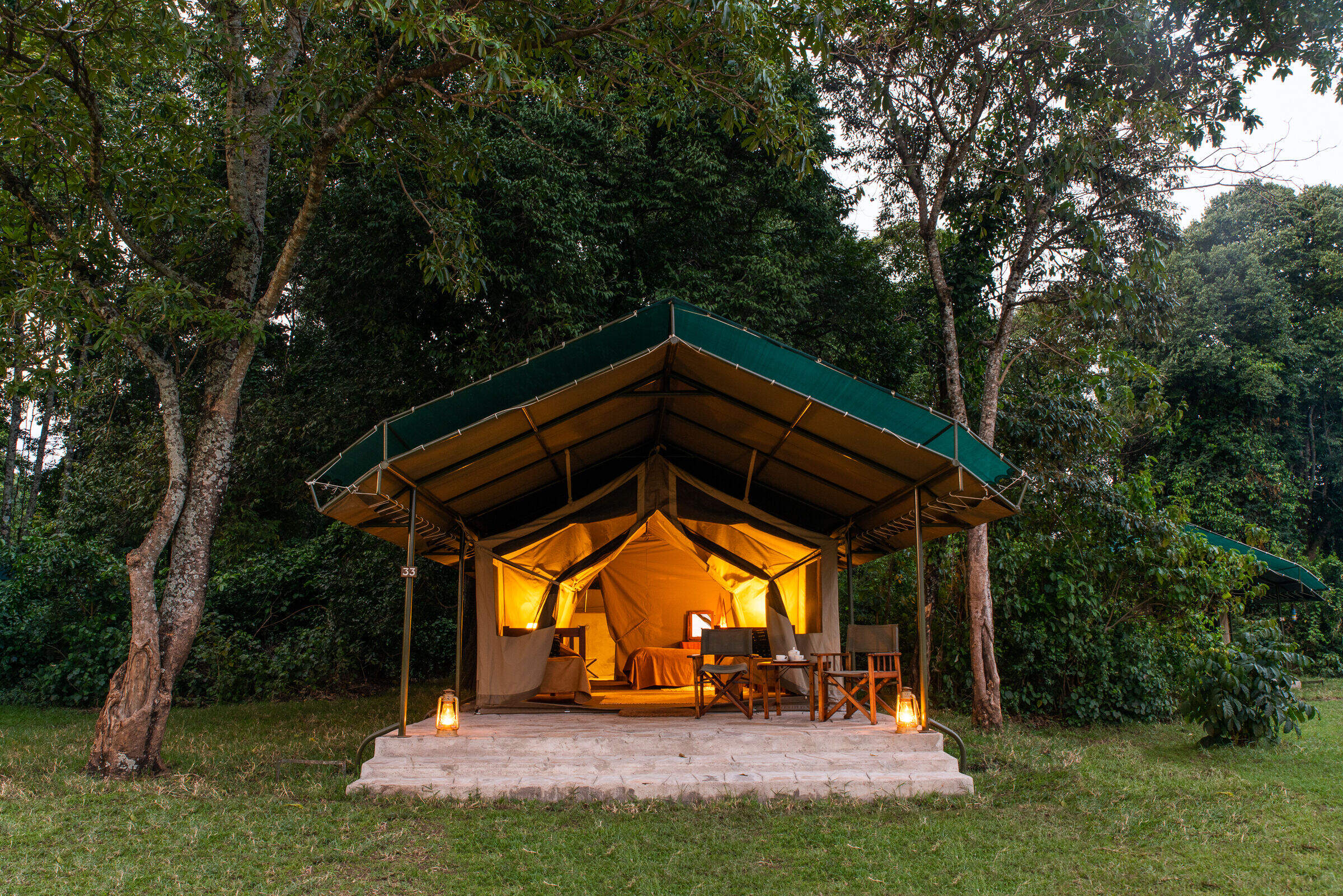
Governors' Camp
Governors' Camp is a large tented camp on the Mara River and one of the oldest in the Mara region, dating from 1972. Although unfenced, and regularly visited by elephants, the whole compound is always busy with human activity.
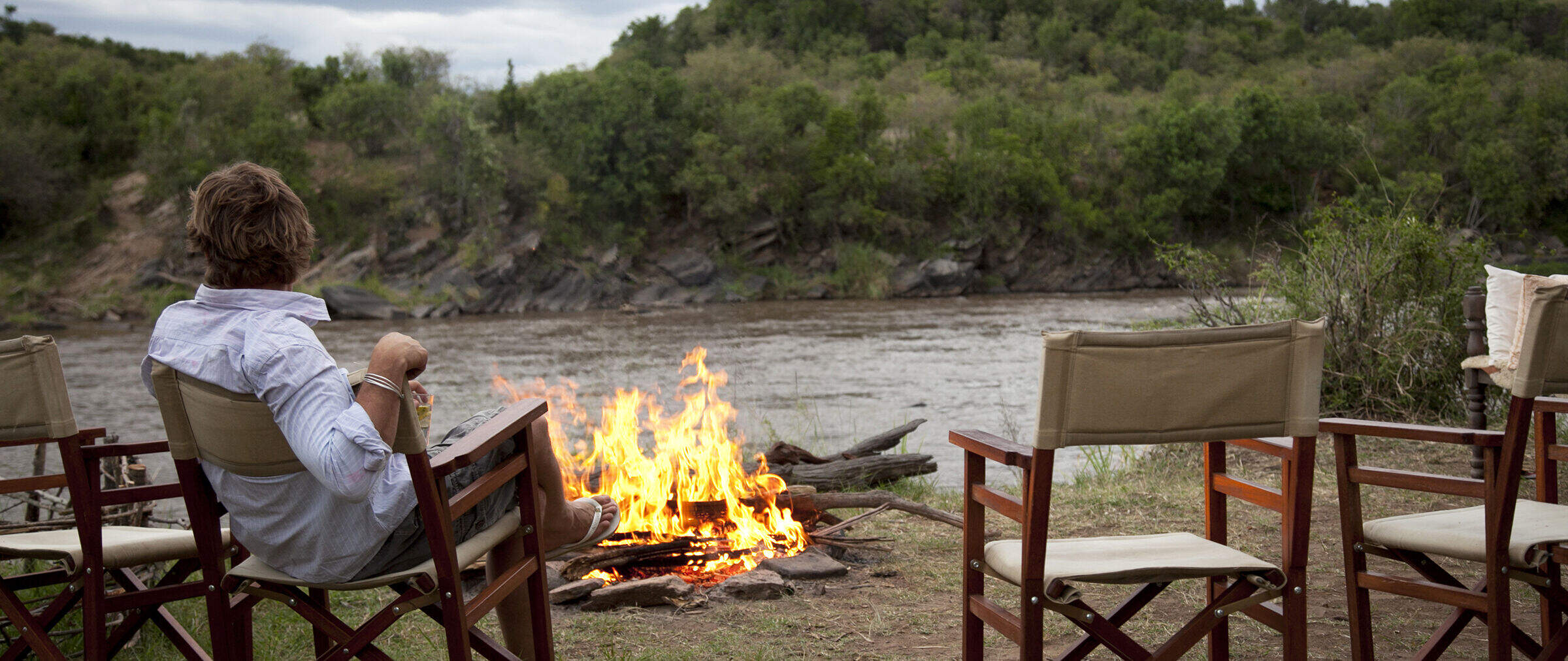
Serian Nkorombo
Serian Nkorombo is a luxury bush camp in the Musiara sector of the Maasai Mara National Reserve on the east side of the Mara River.
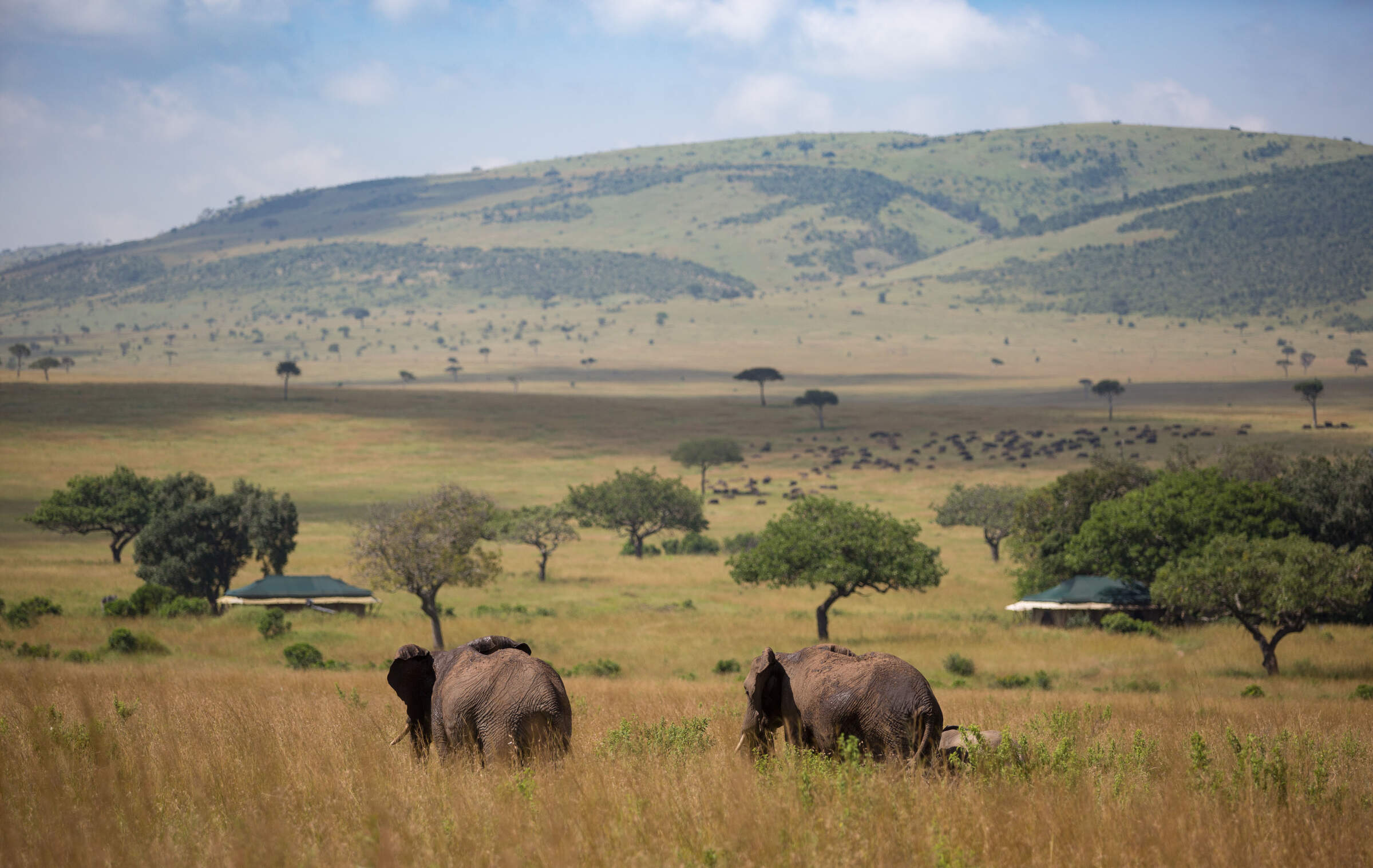
Sand River Camp
Luxury colonial-style tented camp on the banks of the Sand River close to the Tanzania border – a great spot to see the wildebeest migration.
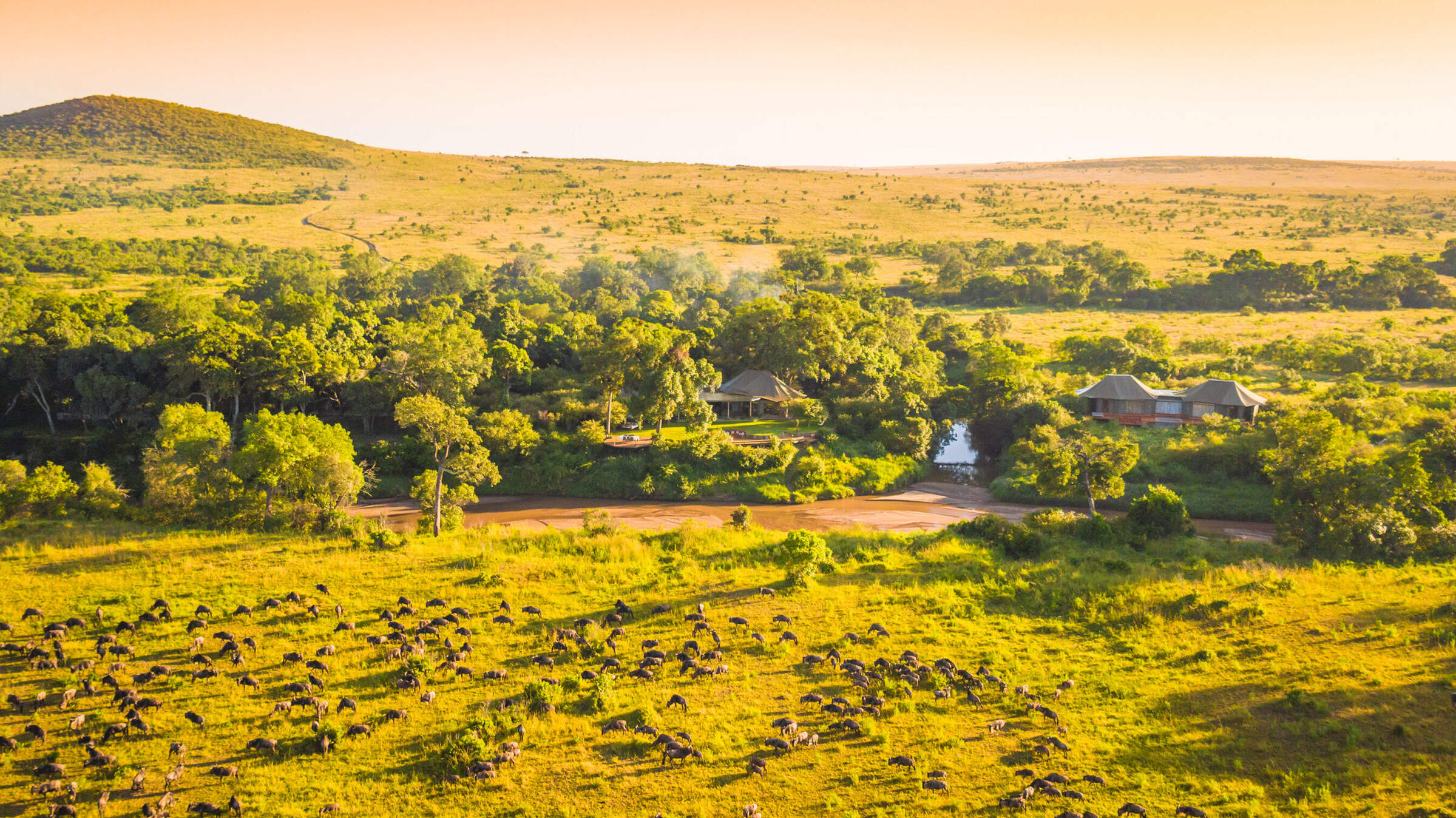
Sala's Camp
Sala’s Camp is a comfortable and intimate tented camp, with seven tented rooms, located on the banks of the Sand River, in the far south of the Maasai Mara National Reserve.
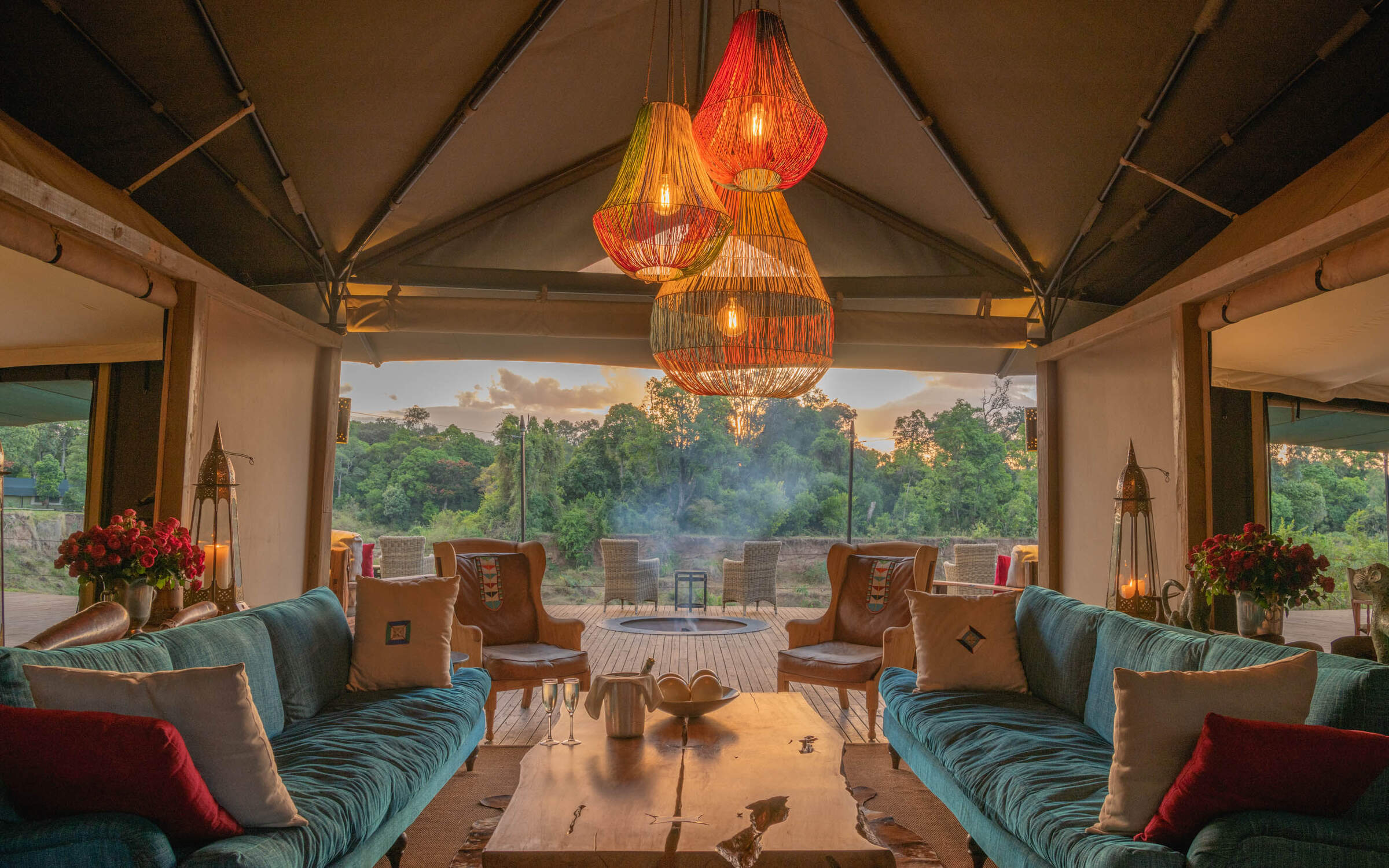
Governors' Il Moran
The smallest and most expensive of the three camps in the Governors’ group, Governors’ Il Moran Camp hugs a meander of the Mara River just 1km north of the main Governors’ Camp.
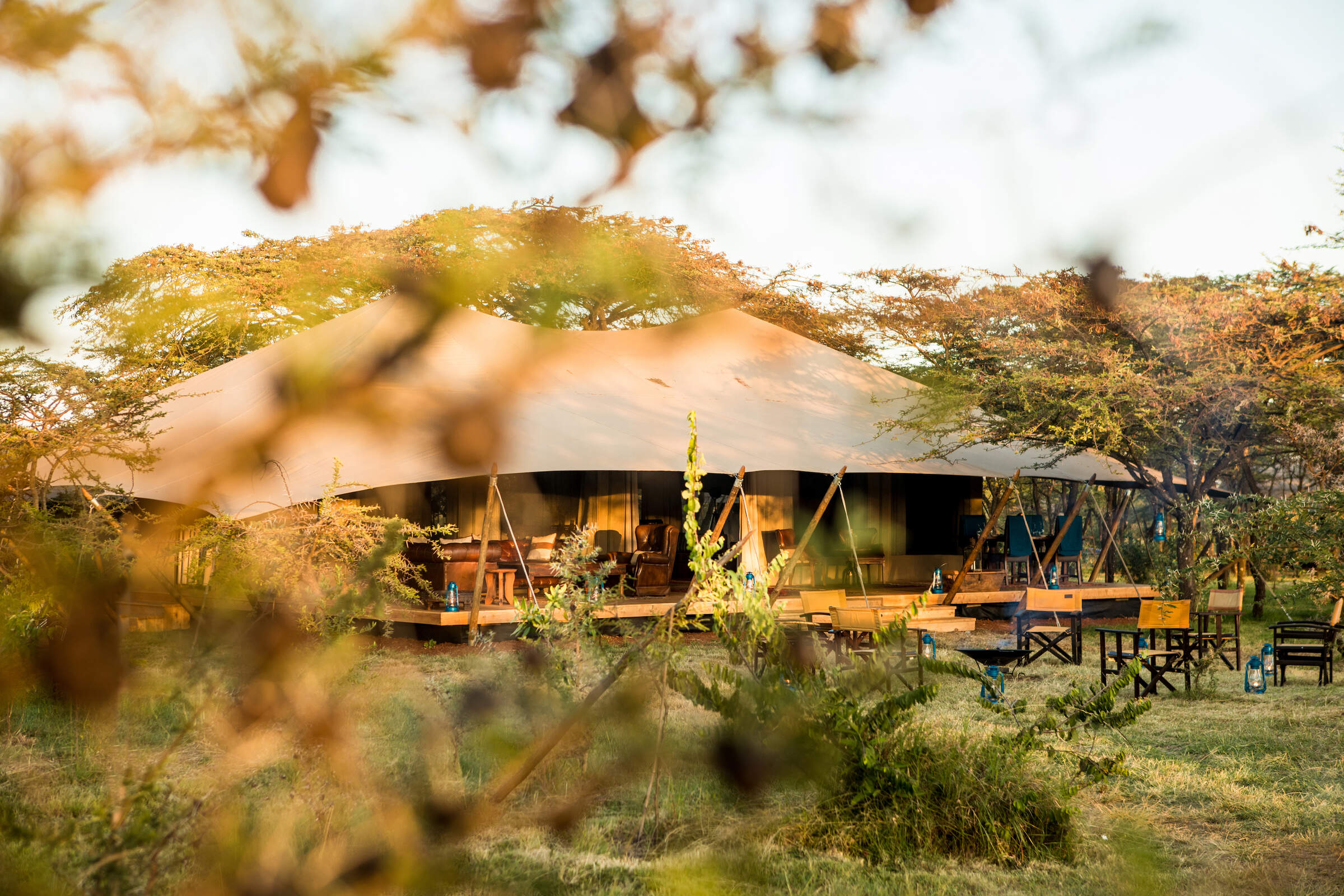
Mara Expedition Camp
Mara Expedition Camp is a small luxury camp located in a slightly elevated area of bush and woodland, just outside the Maasai Mara National Reserve.
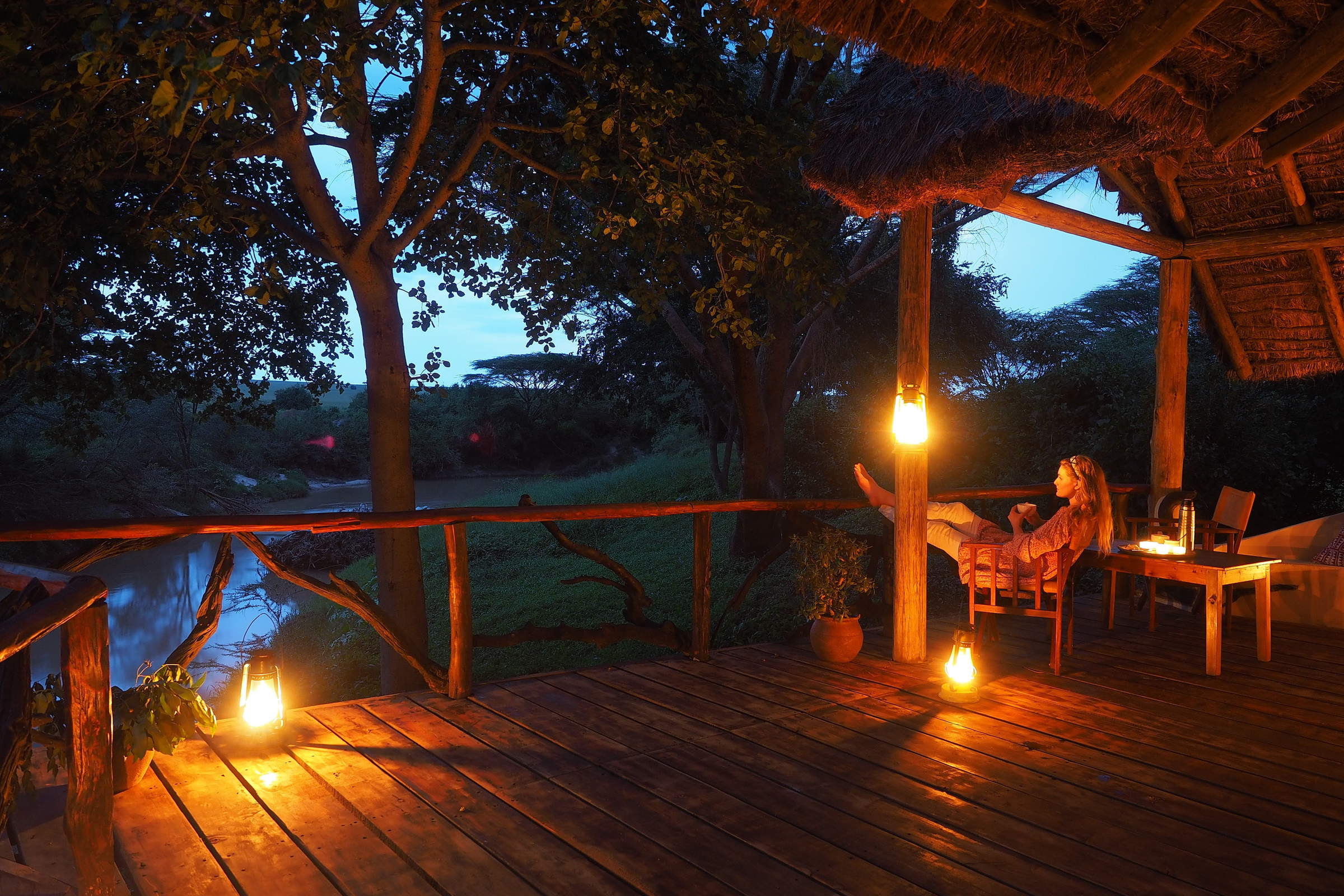
Basecamp Maasai Mara
Basecamp Maasai Mara is a family-friendly, award-winning eco-camp on a U-bend on the north bank of the Talek River, on the boundary of the Maasai Mara National Reserve.
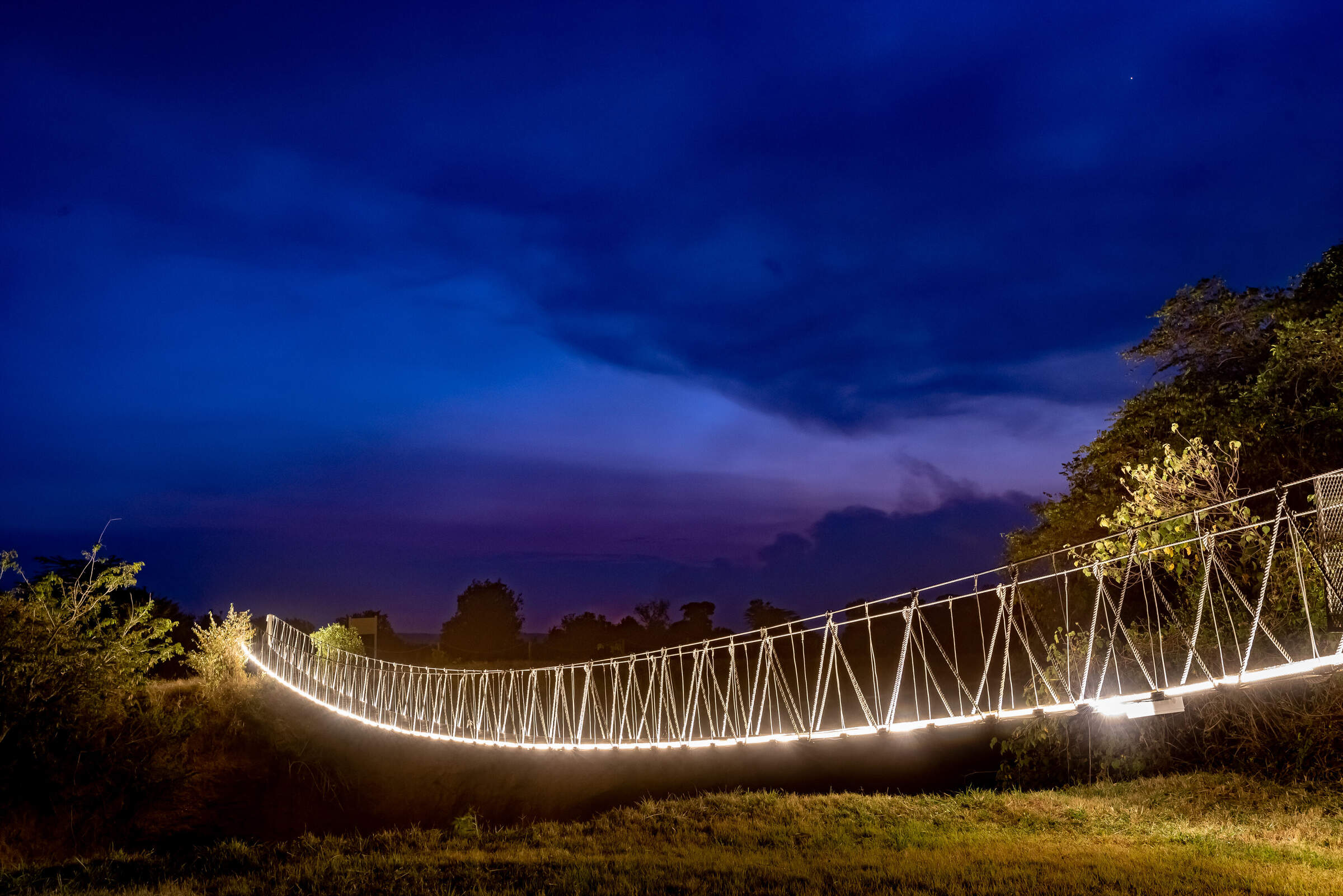
Ilkeliani Camp
Ilkeliani Camp is a smart elegant camp overlooking the Talek River, on the edge of the Maasai Mara National Reserve.
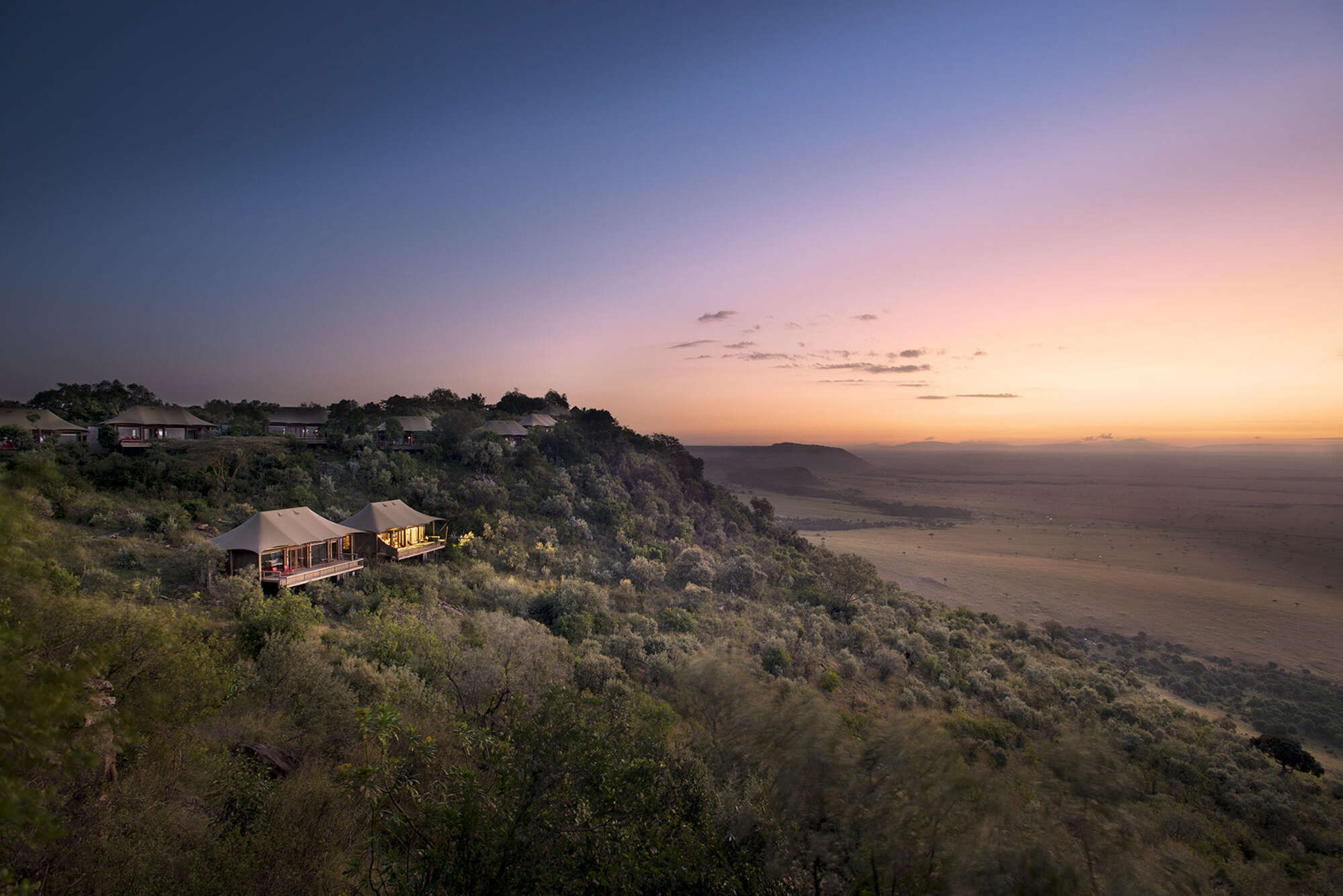
Angama Mara
Angama Mara is a top-end luxury tented camp on the Siria-Oloololo escarpment of the Maasai Mara ecoystem, just above the Mara Triangle sector of the Maasai Mara National Reserve.
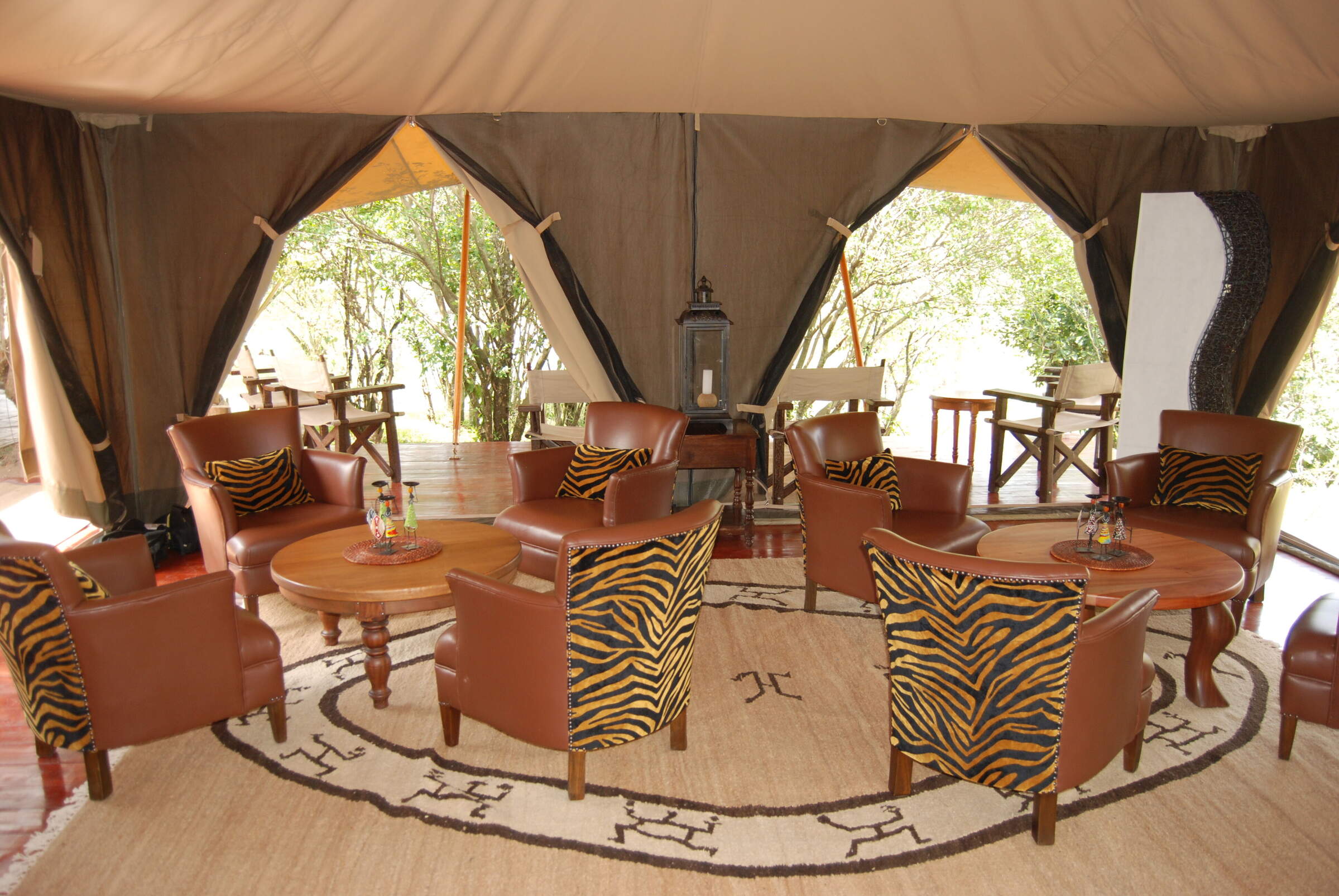
Ngenche Safari Camp
Mara Ngenche is a non-hosted, luxury tented camp with an antique style, which is perfect if you're looking for private dining while staying somewhere small and personal.
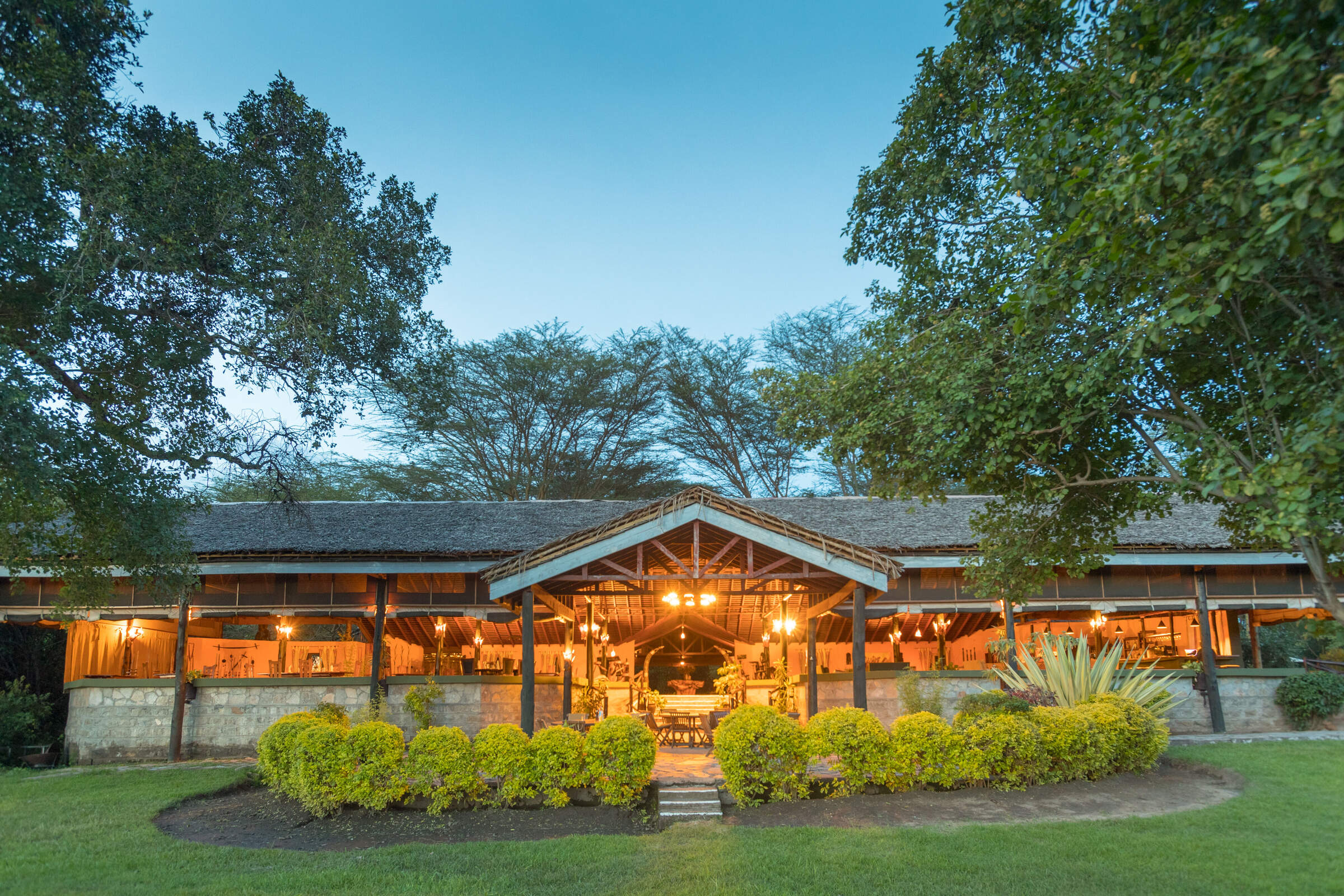
Tipilikwani Camp
Tipilikwani Mara Camp is a larger, mid-range tented camp offering good value from its base on the Talek River just outside the Mara National Reserve.
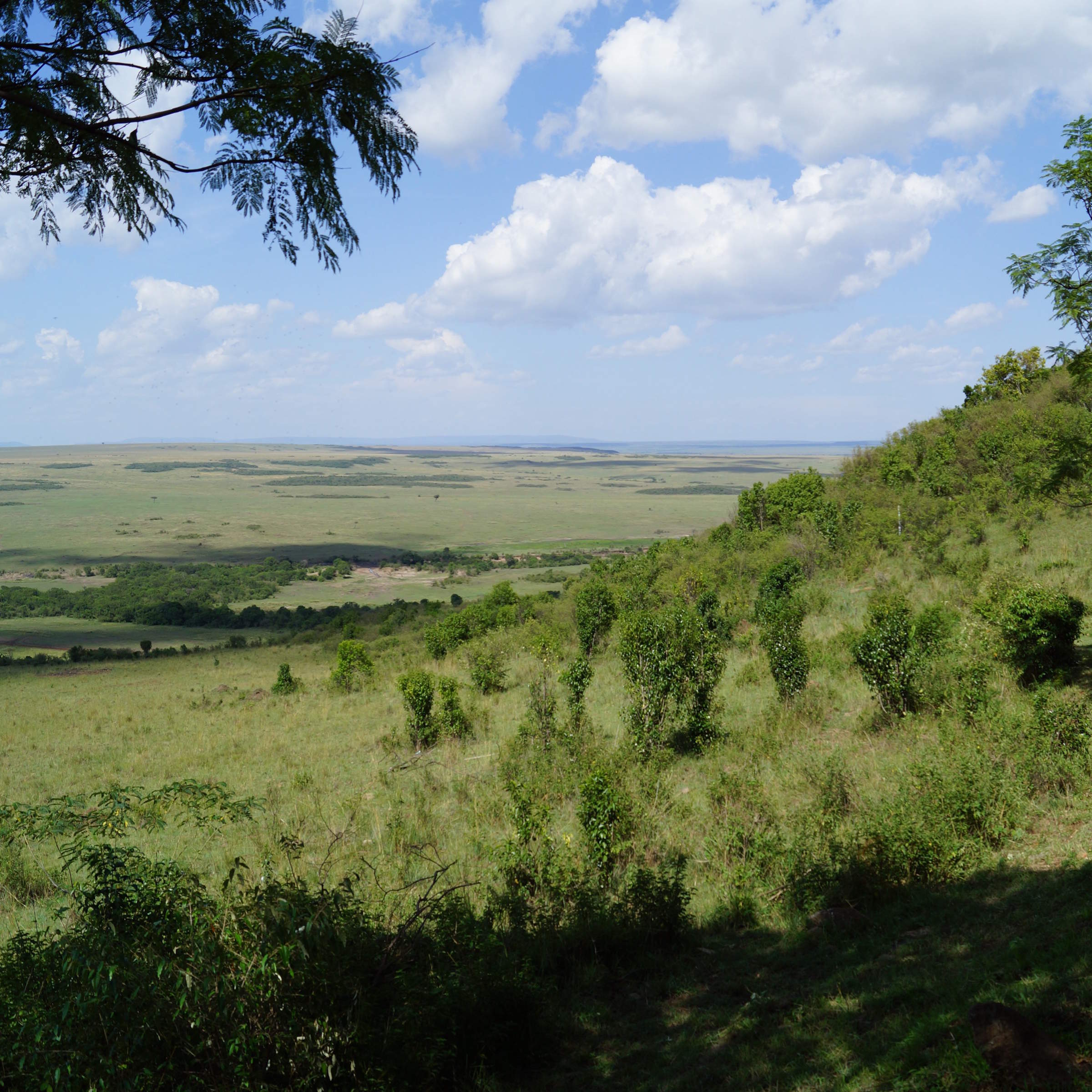
Mara Serena Safari Lodge
Mara Serena Safari Lodge is a large safari hotel with views of the Mara River, in the Mara Triangle sector of the Maasai Mara National Reserve.
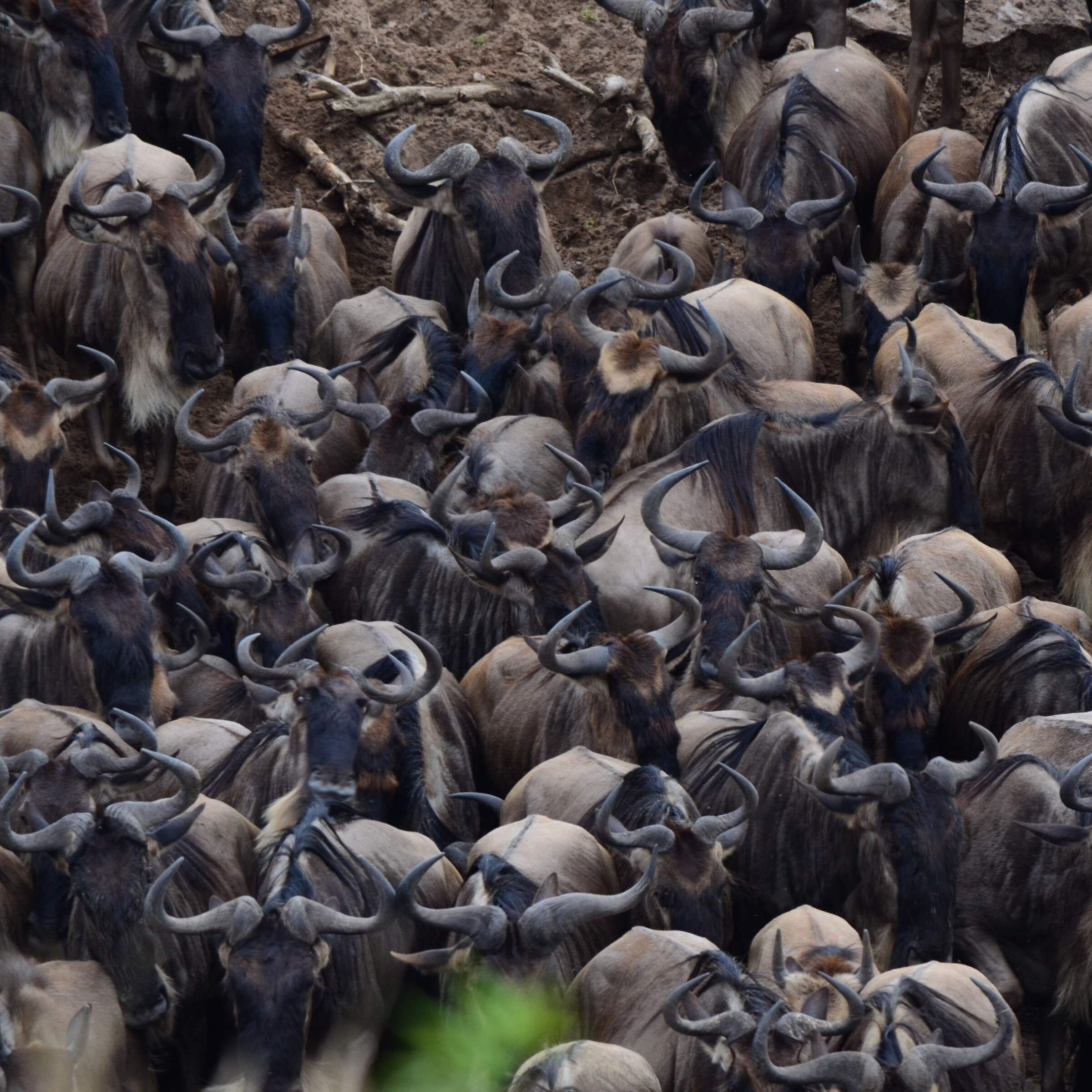
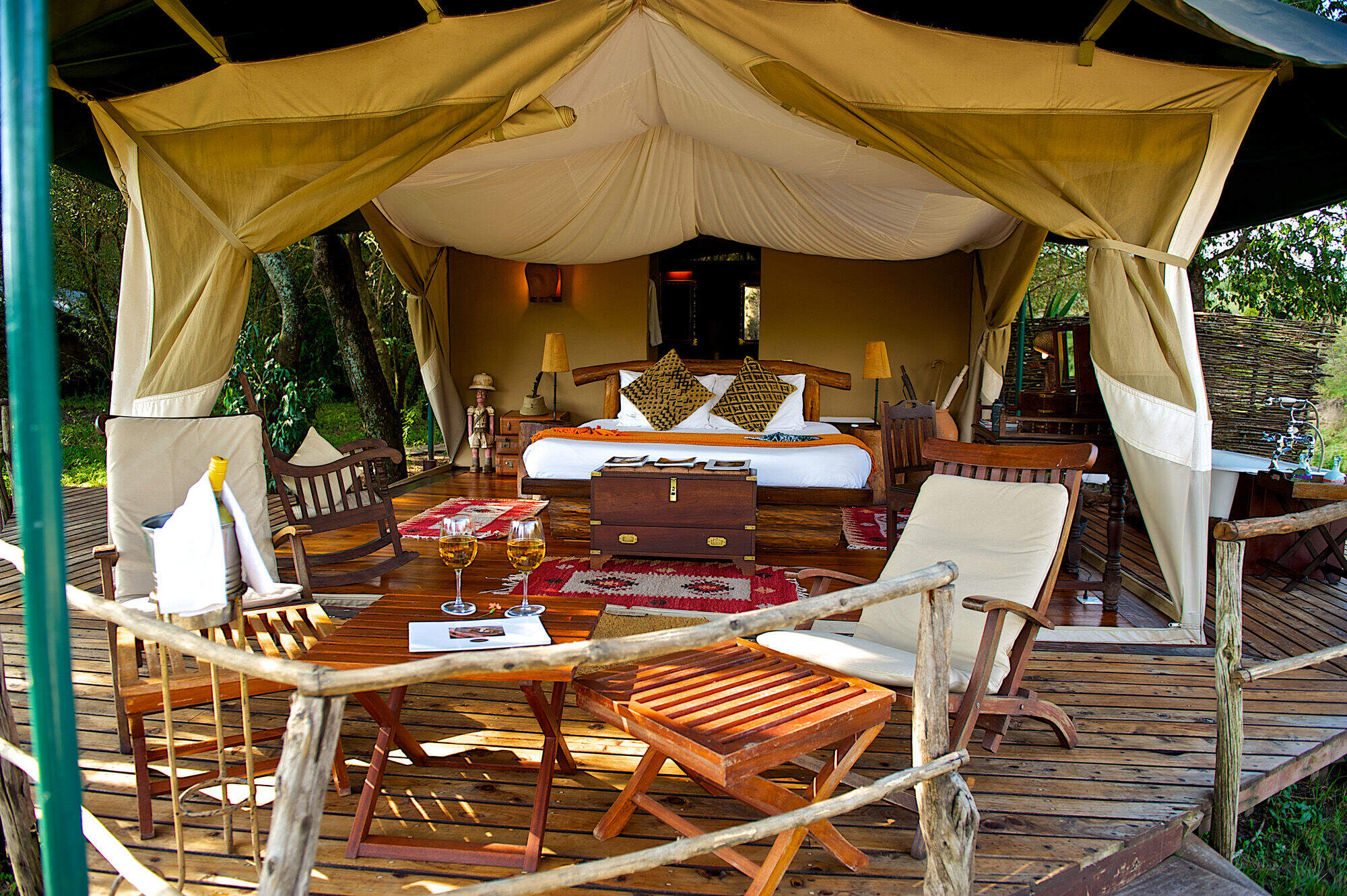
Mara Explorer Camp
Mara Explorer is a smart tented camp is in a scenic location on a bend in the Talek River.
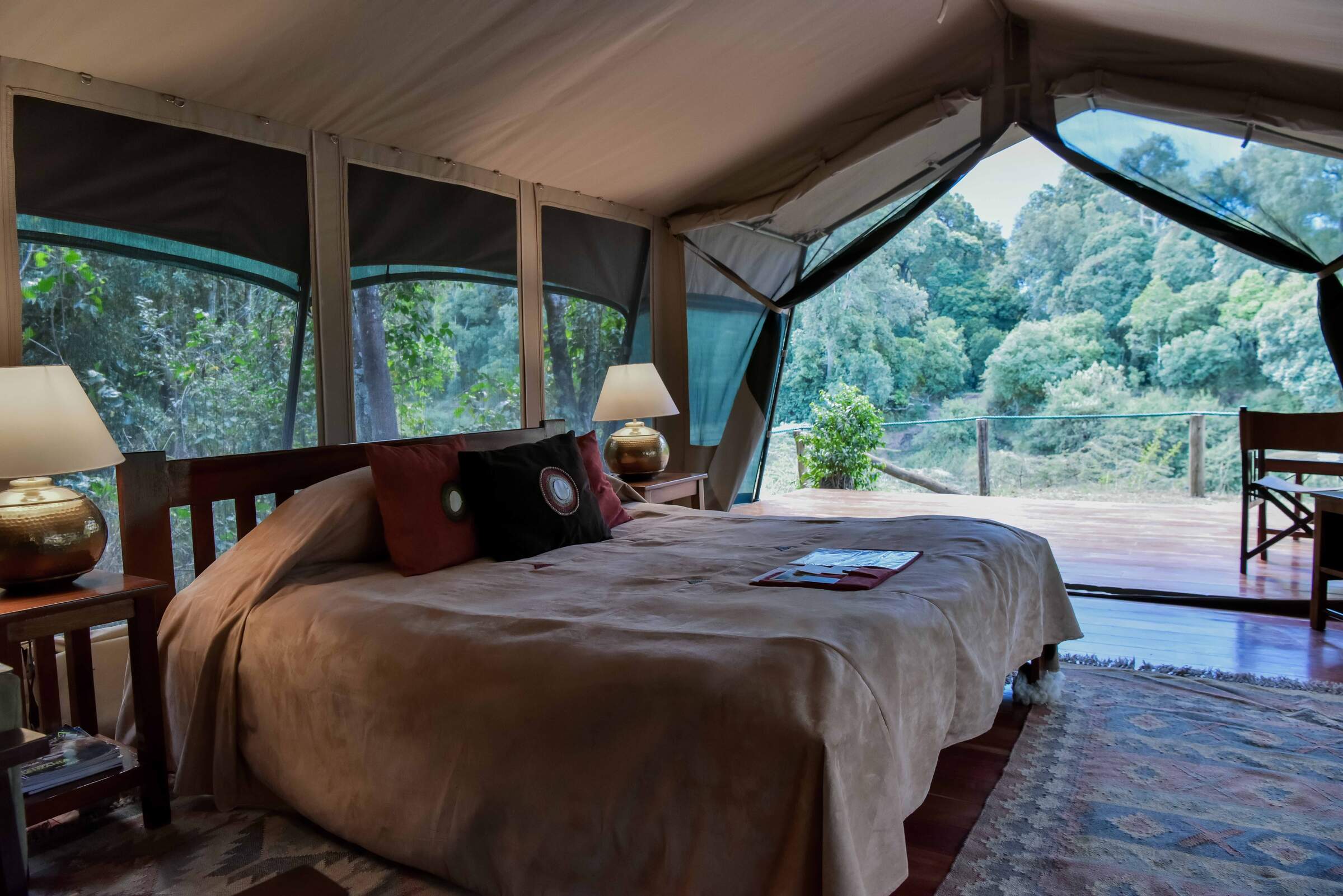
Governors' Private Camp
Located on a secluded bend of the Mara River, Governor’s Private Camp has just eight tents and is booked on an exclusive basis.
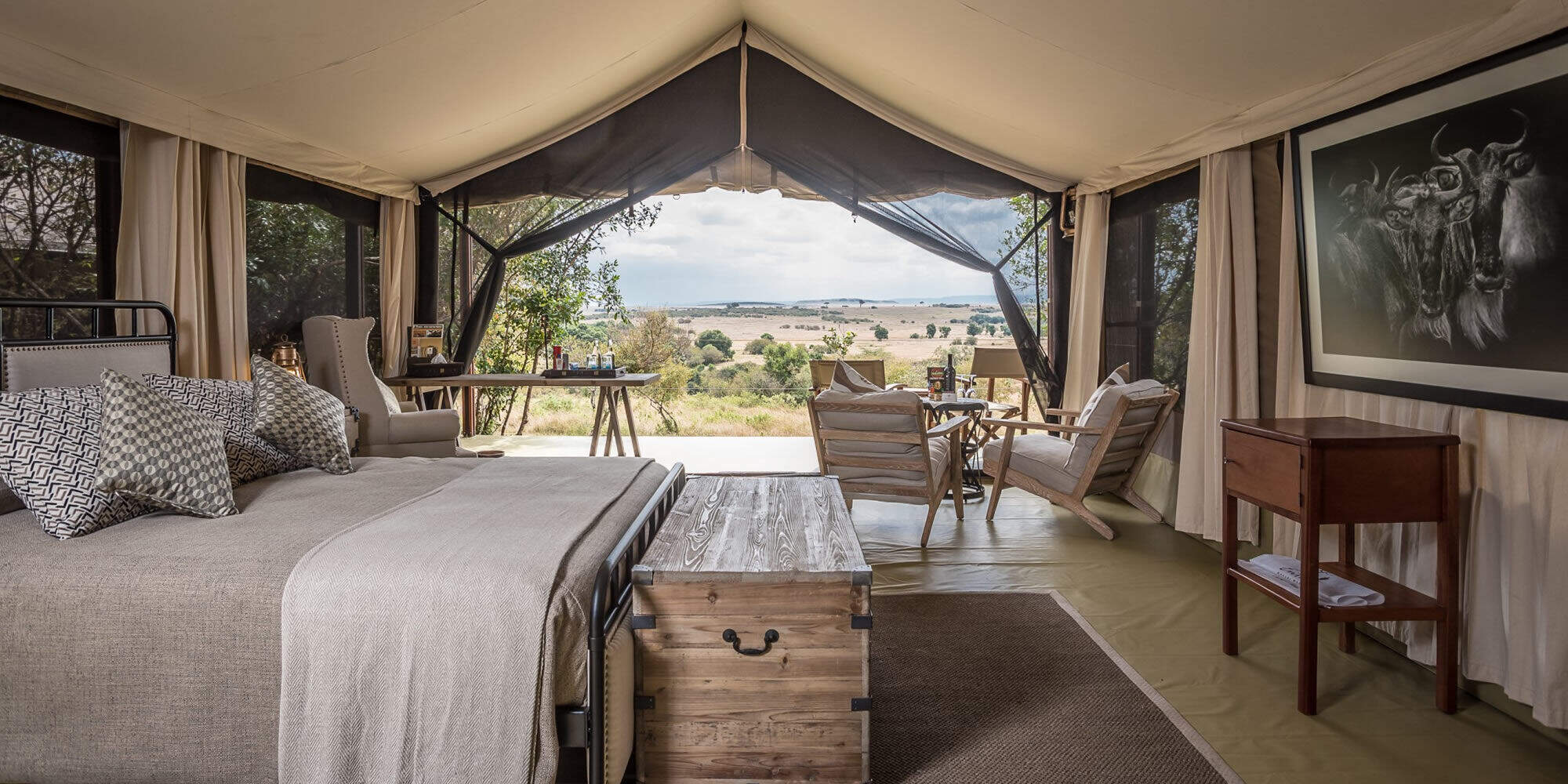
Entim Camp
Entim Camp is well located in the heart of the Mara National Reserve, offering traditionally styled tented accommodation.

Naibor Camp
Naibor has a great location in the Mara reserve, and offers accommodation to suit different budgets, with stylish high-end tents and some simpler ones too.
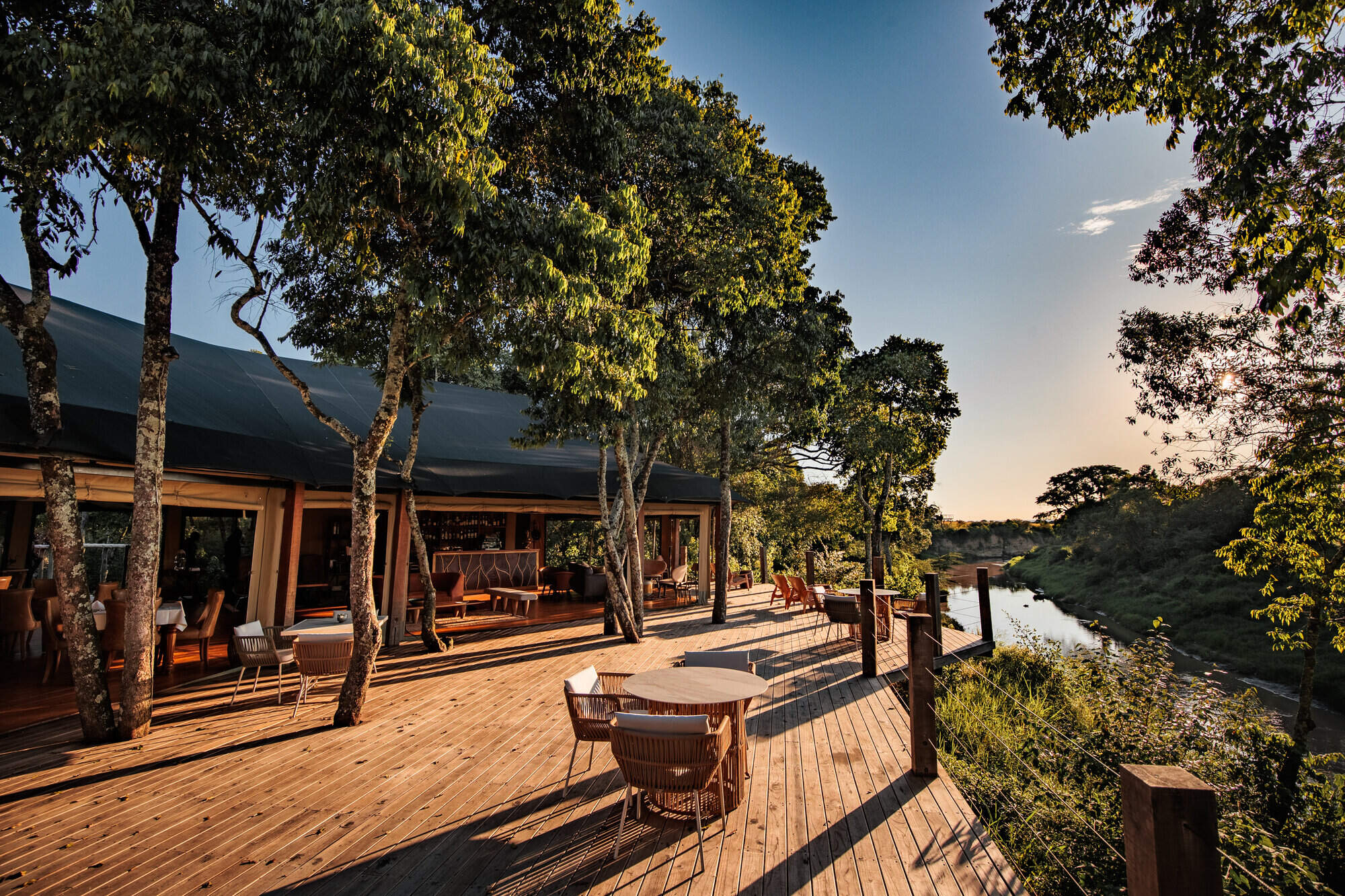
Ishara
Ishara is a highly luxurious safari camp in the Maasai Mara, located on the Talek River, which is one of the best areas in Kenya for wildlife.
When to go to Maasai Mara National Reserve
Our month by month guide: What it's like to visit Little Governors' in Maasai Mara National Reserve
Jan
Feb
Mar
Apr
May
Jun
Jul
Aug
Sep
Oct
Nov
Dec
Kenya in January
Clear, hot days and warm nights make this high season a popular time for safaris and it’s also good for diving and snorkelling as water clarity is excellent and gets better as the dry season progresses. Most lodges and tented camps treat January after the New Year week is over, as mid-season, making it a good compromise in terms of value for money with reasonably reliable, dry weather and some greenery left in the landscape.
Expert Africa bases its description of climate and weather in January, like the other months of the year, on the climate records of roughly the last 100 years, and it's fair to say that the weather and seasons since the beginning of this century have been highly irregular and unpredictable.
- On average, January is the second driest month of the year
- Elephants dig waterholes in the dry riverbed in the Samburu reserve.
- Wildebeest and many antelope have their calving season, to February.
- Migrant birds are seen in huge numbers, especially in the Rift Valley.
- Sea water clarity around the coral reefs generally good.
Our view
Fantastic: the very best time to visit
Weather in January
Kenya in February
With the short dry season well established, the grass grazed down and wildlife gathering close to water points, this is still a good time for a safari. Good water clarity in the Indian Ocean's coastal waters makes for excellent diving and snorkelling conditions.
Expert Africa bases its description of climate and weather in February, like the other months of the year, on the climate records of roughly the last 100 years, and it's fair to say that the weather and seasons since the beginning of this century have been highly irregular and unpredictable.
- On average, February is the driest month of the year.
- It’s sometimes possible to swim with whale sharks at Diani Beach.
- Migrant birds are still seen everywhere, especially near water.
- This is usually peak calving season for wildebeest and many antelopes.
- This month is often the hottest of the year, especially on the coast.
Our view
A very good time to visit
Weather in February
Kenya in March
Hot, increasingly humid weather – with good diving and snorkelling conditions at the start of the month – gives way to rains and lower accommodation costs. Expert Africa bases its description of climate and weather in March, like the other months of the year, on the climate records of roughly the last 100 years, and predicting the seasons since the beginning of this century has been difficult.
March is the month when – traditionally – intensely hot conditions build up until a cloudburst finally happens at the end of the month or in early April, to relieve the humidity. As ever, regional variations across the country can greatly impact on visitors' experiences.
- Sea-water clarity is best for diving before the long rains start.
- Visitor numbers are low, though the Easter holidays can be busier.
- Night skies can be scintillatingly clear in early March.
- Cropped down savannah grasses can make it easier to see the wildlife.
- Temperartures climb high, especially at lower elevations.
Our view
A good time to visit, with pros & cons
Weather in March
Kenya in April
April sees the full onset of the southeast monsoon wind or kusi, which heralds the long rains. Temperatures drop soon after the rains are established and you’ll often have facilities largely to yourself in this more affordable low season, sometimes known as the "green season". The bush quickly springs to life, with greenery sprouting almost before your eyes. While you're likely to get a fair number of heavy showers, the breaks in the rain can yield sparklingly clear conditions.
With the dust settled and bright sun piercing the clouds, conditions can be sublime for photography, especially first thing in the morning or in the late afternoon with another storm brewing. You may be lucky, or you may find conditions very wet and muddy.
- A wet month, the coast often gets more than 300mm (12in) of rain.
- Sunny spells can provide great light for photography.
- Buffalo and zebra calving season often happens in this month.
- Baby crocodiles hatch, for example on Central Island in Lake Turkana.
- Palearctic migrant birds gather to fly north to breeding grounds.
Our view
A time to avoid if possible
Weather in April
Kenya in May
While game viewing can be trickier as vegetation runs riot, between the cloudbursts the colours and light are great for photography at this time of year. Expert Africa bases its description of climate and weather in May, like the other months of the year, on the climate records of roughly the last 100 years, and while it's reasonable to expect heavy rains in many parts during this month, especially on the coast, the rains don't always come evenly or in some areas come at all.
In an El Niño year, the so-called long rains that normally are established across much of the country by May can be meagre, to the despair of farmers. On the other hand in a La Niña year, the long rains can bring floods. On the coast, the monsoon winds make the climate much more predictable, with heavy rains common throughout this month.
- Frogs breed in the ponds in the Arabuko Sokoke Forest near Watamu.
- Wildebeest, impala and other grazers are in rut (the breeding season).
- Kilimanjaro looks its best as heavy rain falls as snow on the summit.
- There's a sharp peek of rainfall on the coast with many rainy days.
- Accommodation prices are uniformly low, while some camps close.
Our view
A time to avoid if possible
Weather in May
Kenya in June
The rains give way to cloudy, cooler weather, often making for comfortable conditions by the end of the month, especially in the highlands. Starting from mid-June or the beginning of July and running until the end of October, this is the high season, and accordingly has higher accommodation rates and – at least until early September – higher numbers of visitors.
While the early part of June can often be rainy on the coast, it can be a great time to go on safari, with fresh greenery, many young animals and good photographic conditions with clear air.
- The Taru Desert, inland from the coast, is carpeted with flowers.
- The Lake Turkana Cultural Festival is held in Loiyangalani.
- Madaraka Day (commemorating self rule) is 1 June.
- The annual Lewa marathon runs a course through the wildlife.
- The Diani Rules "sports" event rips up the rulebook at Diani Beach.
Our view
A good time to visit, with pros & cons
Weather in June
Kenya in July
Kenya’s “winter" season sets in (winter is a misnomer but locals feel the change), and the highlands can be rather grey. Skies are often cloudy and the days can be surprisingly cool, with an average daytime high in many highland safari areas of 15-20°C and night-time temperatures dropping below 10°C in Nairobi and the highlands. Lower parts of the country and the coast are usually warm and dry, typically reaching highs of around 25°C with lows in the high teens.
As this is the start of the high season, coinciding with the usual arrival of the wildebeest migration in the Maasai Mara, July is a busy month. Ask your Expert Africa specialist to advise on how to avoid the crowds, which is not that difficult to do.
- The wildebeest migration usually reaches the Maasai Mara in July.
- Simbi Lake (Kisumu) and Crater Lake (Naivasha) can attract flamingoes.
- Watersports start to pick up and some surfing is possible at Malindi.
- Afternoon thunderstorms are a common feature in the Maasai Mara.
- The sea can be choppy along the coast, making diving difficult.
Our view
A good time to visit, with pros & cons
Weather in July
Kenya in August
The Great Migration fills the plains of the Maasai Mara, and school’s out, so the park roads are full of tourists – ask your Expert Africa specialist for advice on crowd avoidance tactics. Choose a private conservancy rather than a public national park or national reserve for quieter conditions.
Like July, August is generally mild and relatively dry in the safari areas, but it can be very chilly in the highlands, even in the middle of the day, and hail occasionally falls above altitudes of around 2,400m (8,000ft). Nairobi can be disappointingly overcast, with low cloud.
- Apart from Christmas holidays, this is the busiest month of the year.
- Late August sees peak wildebeest drama at the Mara River crossings.
- Coastal winds are good for kite- and wind-surfing.
- Few mosquitoes are around at this generally dry time of year.
- The annual Camel Derby takes place in the Samburu capital, Maralal.
Our view
A good time to visit, with pros & cons
Weather in August
Kenya in September
The skies clearing of cloud signals the start of hot, dry weather with little chance of rain – and, after the first few days of the month, far fewer visitors – making the latter part of September a good time for a quieter safari. While early September is often good for dramatic migration crossings along the Mara River, you might consider deliberately postponing your trip until later in the month, when the migration can still be very impressive and visitor numbers fewer.
If tourist surges are somewhat predictable, however, the patterns of the wildebeest migration are more volatile, and like all of Expert Africa's climate and weather assessments, they are based on accumulated years of experience rather than guaranteed certainty.
- This is still high season, with prices to match.
- Many river crossings take place on the Mara river in both directions.
- Natural bush fires flush out insects and small animals for predators.
- The Rift Valley Music Festival takes place by Lake Naivasha.
- With school holidays over by early September, late-month is quieter.
Our view
Fantastic: the very best time to visit
Weather in September
Kenya in October
Still hot, mostly dry and not too busy, this is many people’s preferred month for a safari, and it’s also good for diving and snorkelling. The wildebeest and zebra herds of the great migration are often still to be seen, though in dwindling numbers. The swamps of Amboseli attract thirsty wildlife including large herds of elephants.
While we wouldn't expect much rain across most of the country this month, the climate has become so unpredictable that you can never say never, and the possibiity of the short rains – usually associated with November to mid-December, starting early, can't be discounted.
- This month sees the tail end of the great migration in the Mara.
- Palearctic migrant birds start to arrive, staying until March.
- Turtle nests hatch at Watamu, until November.
- Amboseli elephants focus on the swamps for their daily water.
- The Indian Ocean monsoon winds turn from southeast to northeast.
Our view
A very good time to visit
Weather in October
Kenya in November
The northeast monsoon wind or kaskazi heralds the start of the “short rains", usually some time in the second half of the month. From November to mid-December, this is the low season, and accordingly has lower accommodation rates and lower visitor numbers. Across most of the country you can expect warm, somewhat cloudy weather, with occasional heavy showers and localised flooding.
Expert Africa bases its description of the climate in November, like the other months of the year, on the records of roughly the last 100 years, and it's fair to say that the seasons since the beginning of this century have been highly irregular and unpredictable: some years the short rains don't come at all, or don't reach every part of the country. In an El Niño year, the November short rains can be very heavy, but in a La Niña year, they can fail completely.
- Swimming with dolphins in Lamu can be done from now until April.
- Birders gather at Ngulia in Tsavo West to ring Palearctic migrants.
- The Lamu Cultural Festival takes over the town and Lamu Creek.
- Agricultural shows often take place regional market towns.
- This is low season, so camps can be great value, with special offers.
Our view
A good time to visit, with pros & cons
Weather in November
Kenya in December
In a typical December, the rains usually finish by middle of the month, leaving the landscape looking its best, under clear blue skies, and heralding the start of the second peak tourist season from around 20 December to the first week of January. Our assessment of the likely weather in December, like the other months of the year, is based on climate records, and it's fair to say that the seasons since the beginning of this century have been highly irregular and unpredictable.
Christmas can sometimes be wet, but most years the rains have finished a week or two earlier, with the festive season ushering in the perfect combination of clear skies and sunshine by day and starry nights.
- Christmas and New Year are busy, with the lodges and camps full.
- Rates are highest after 24 Dec, with supplements on public holidays.
- Republic Day and Independence day are celebrated on 12 December.
- Good kite- and wind-surfing restarts, with strong northeasterly winds.
- Mango season begins, providing excitement for primates and elephants.
Our view
A good time to visit, with pros & cons
Weather in December

Looking for inspiration on where to travel next?
Visit our trip chooser to explore your options and find inspiration for your perfect African adventure
Inspire me